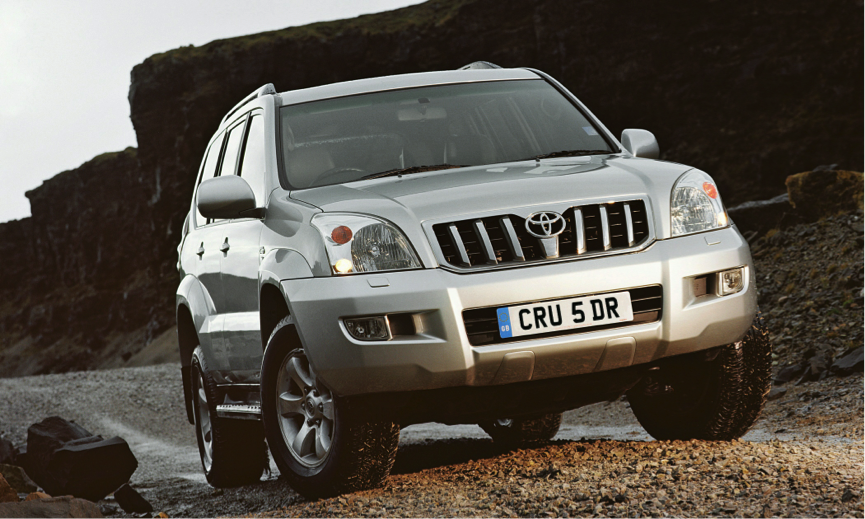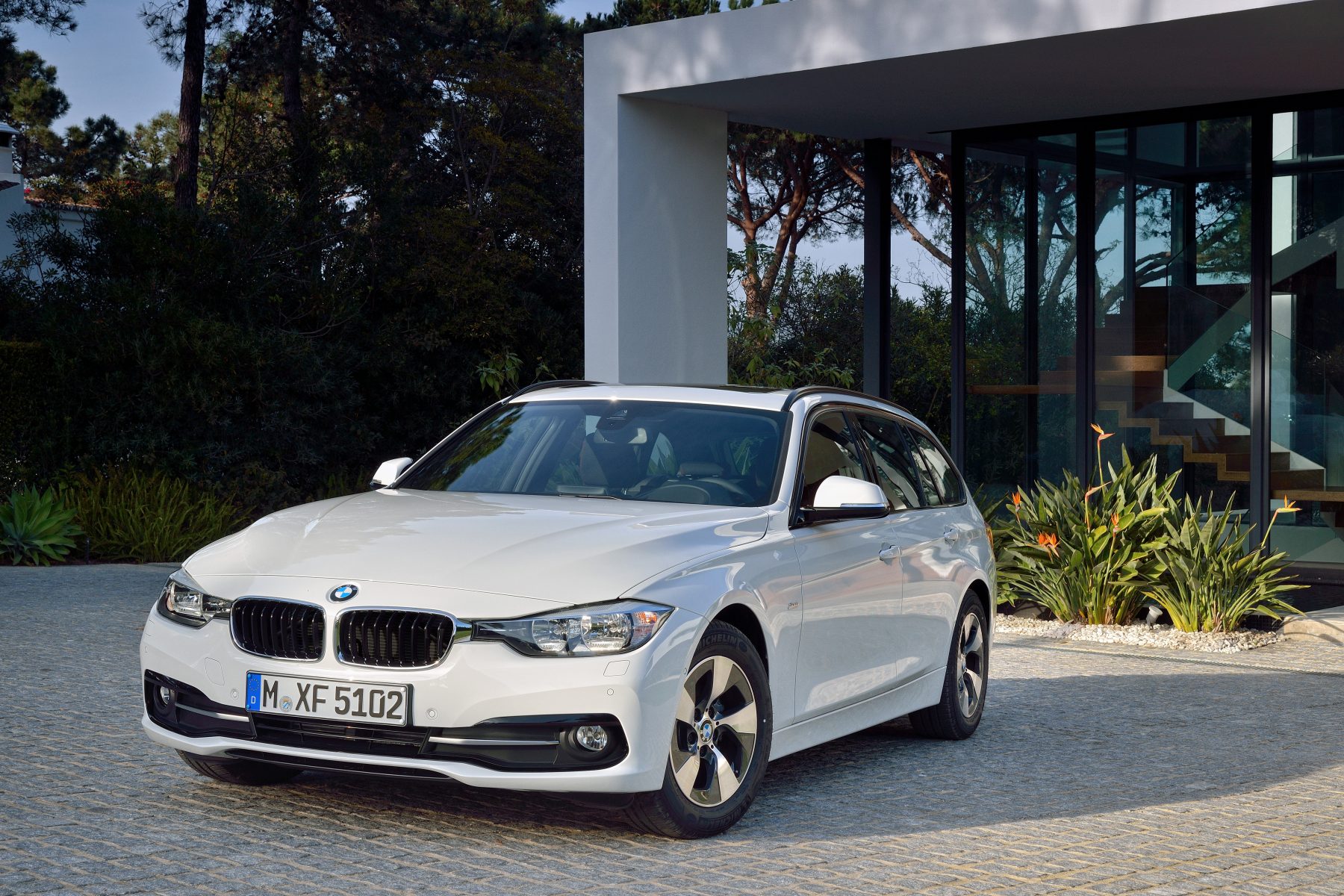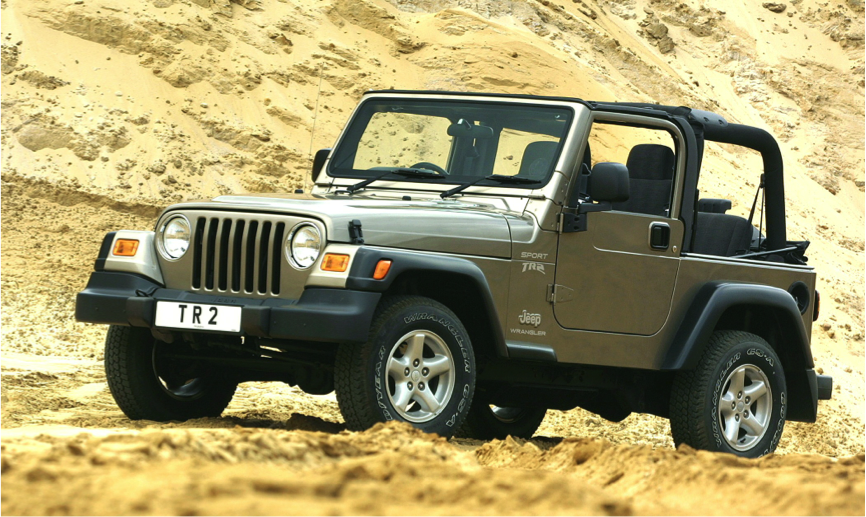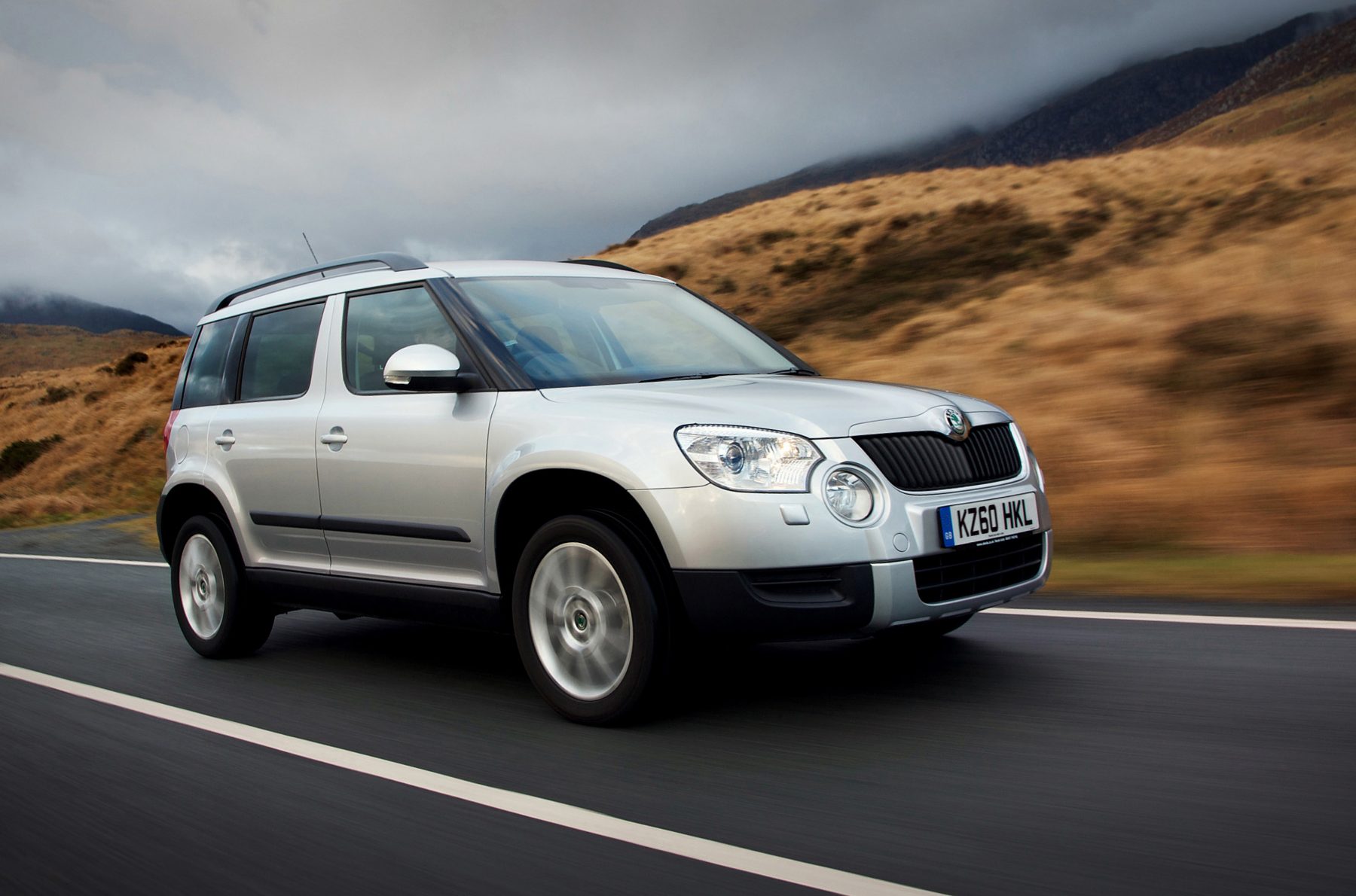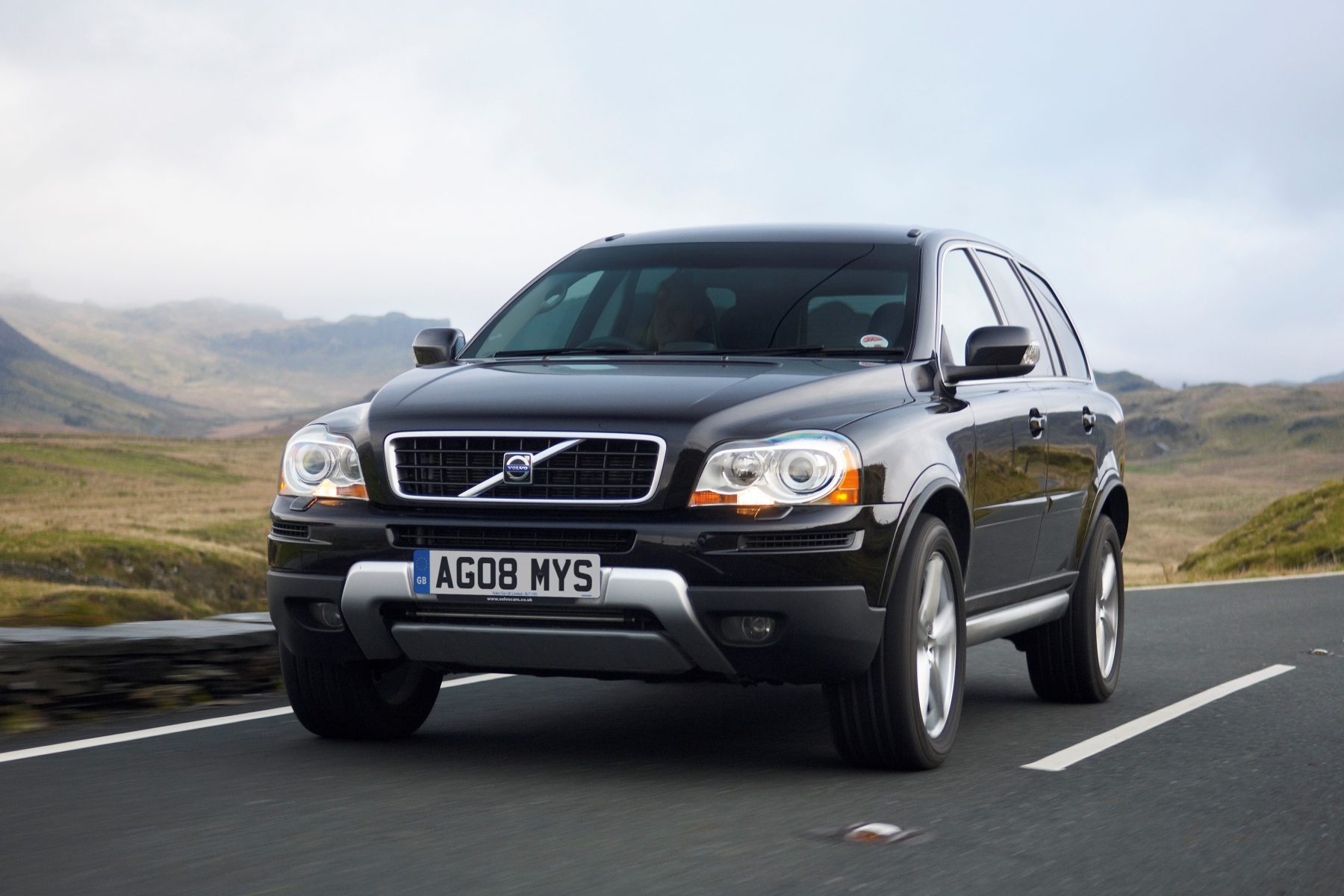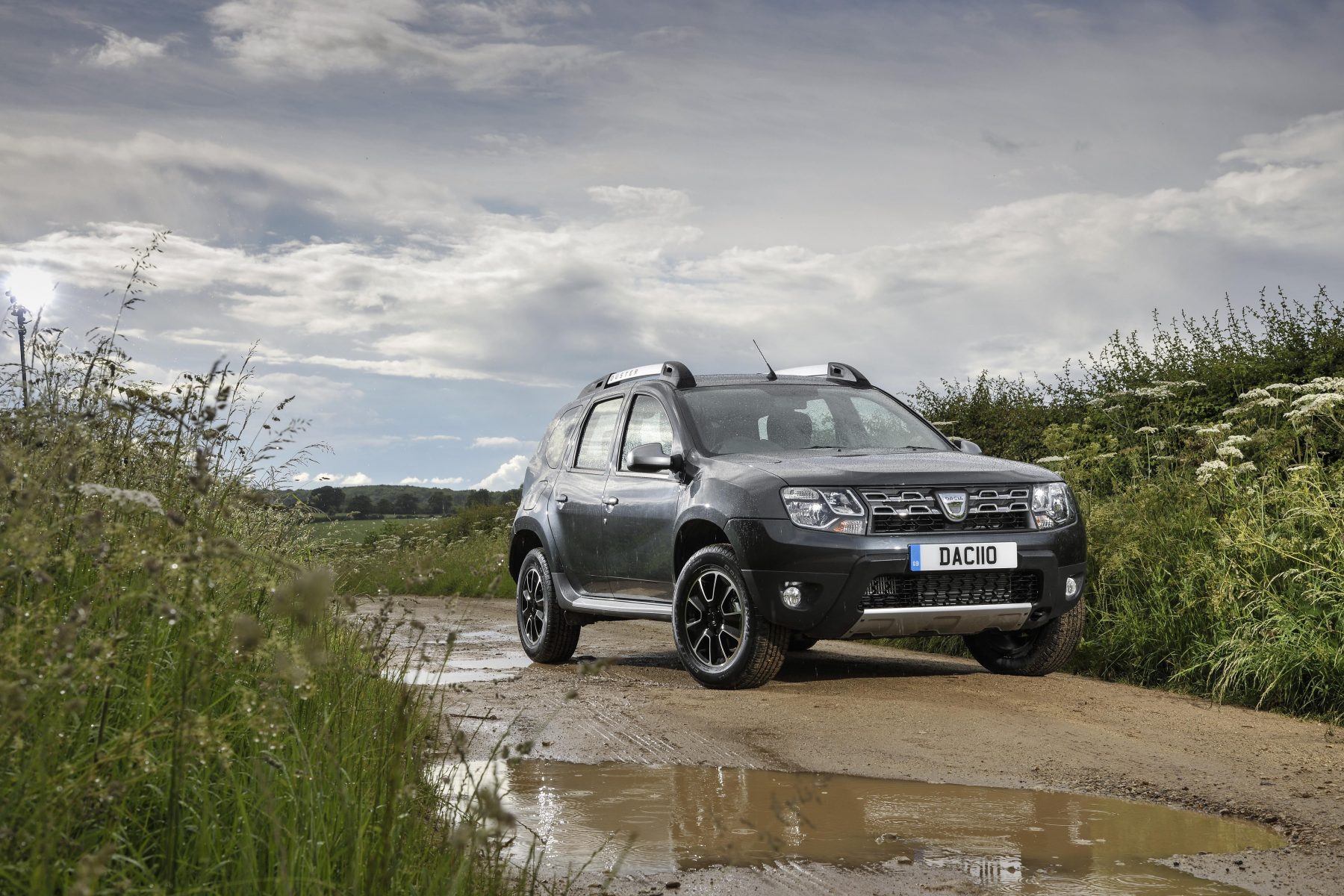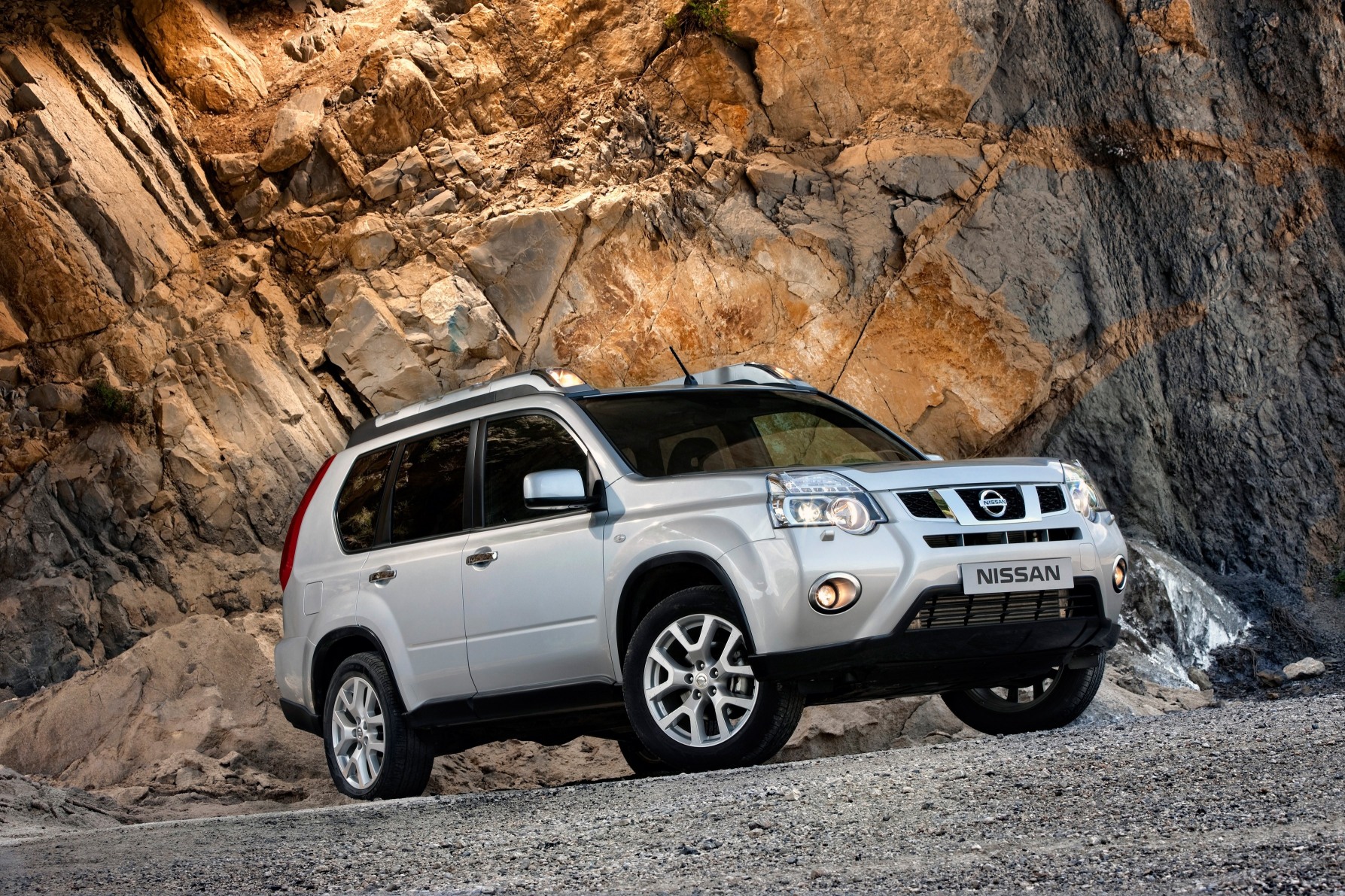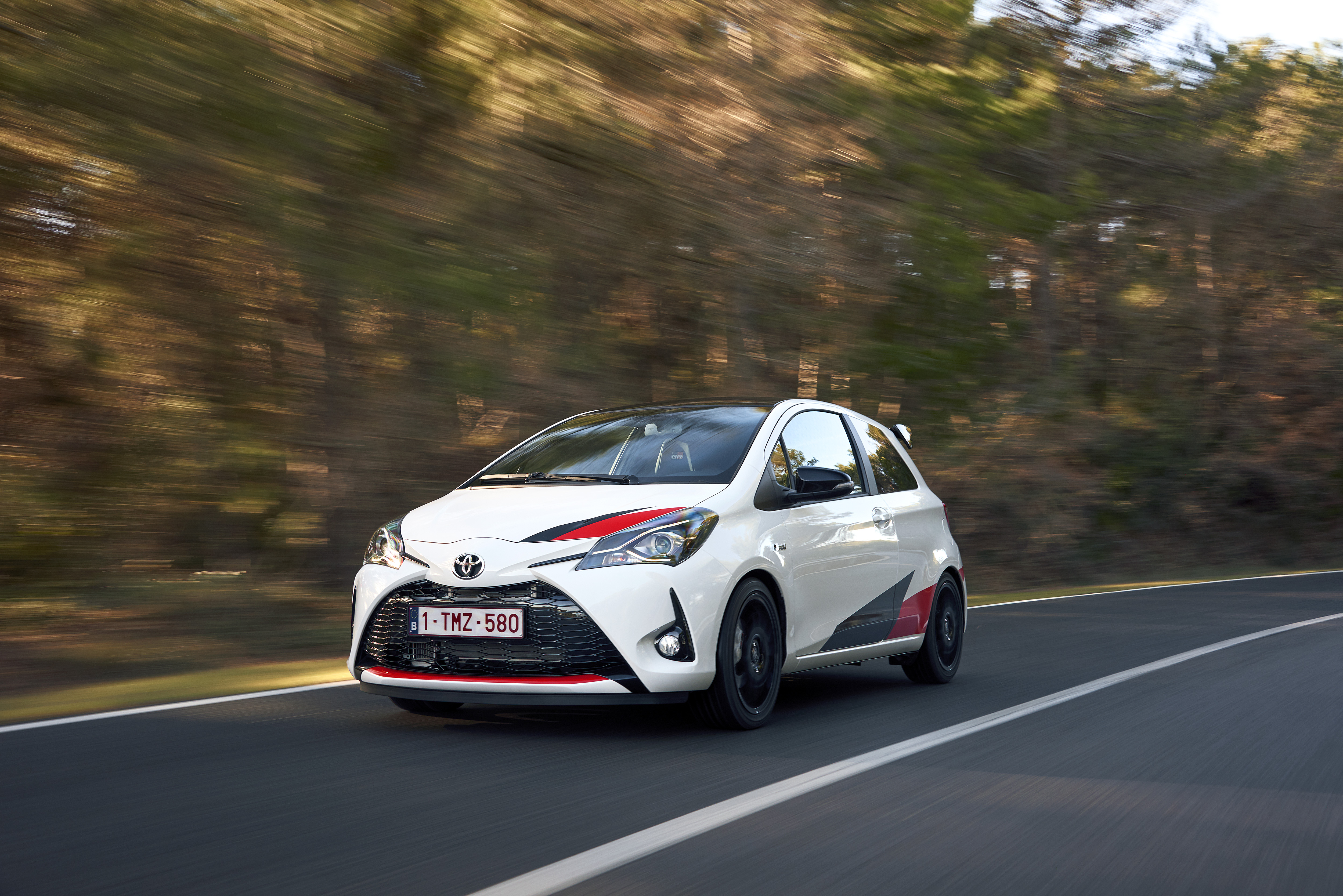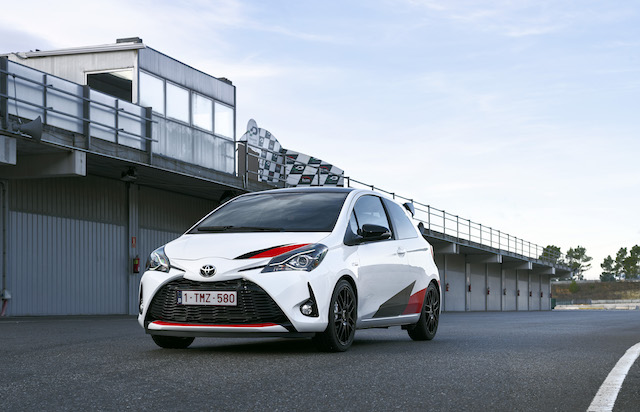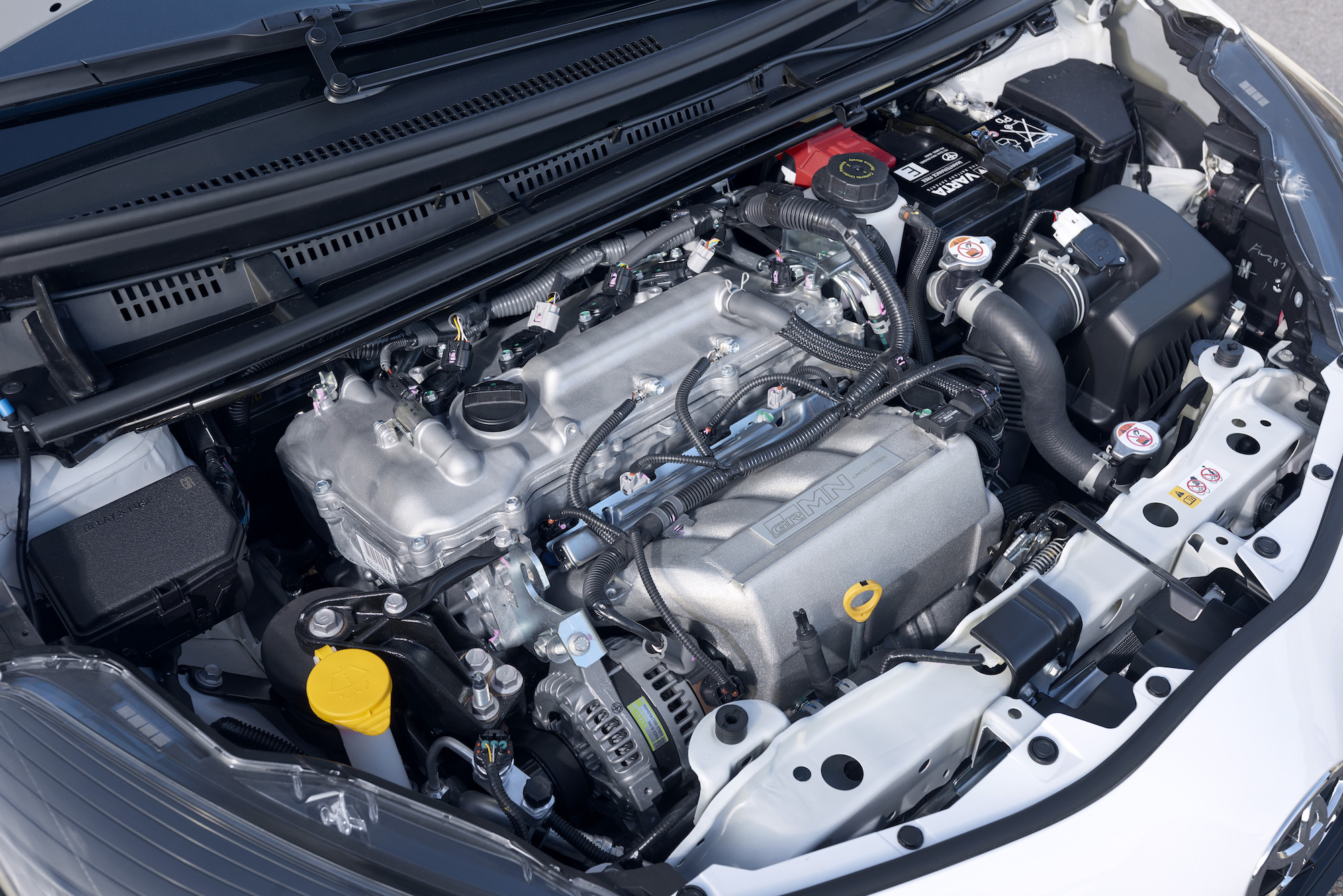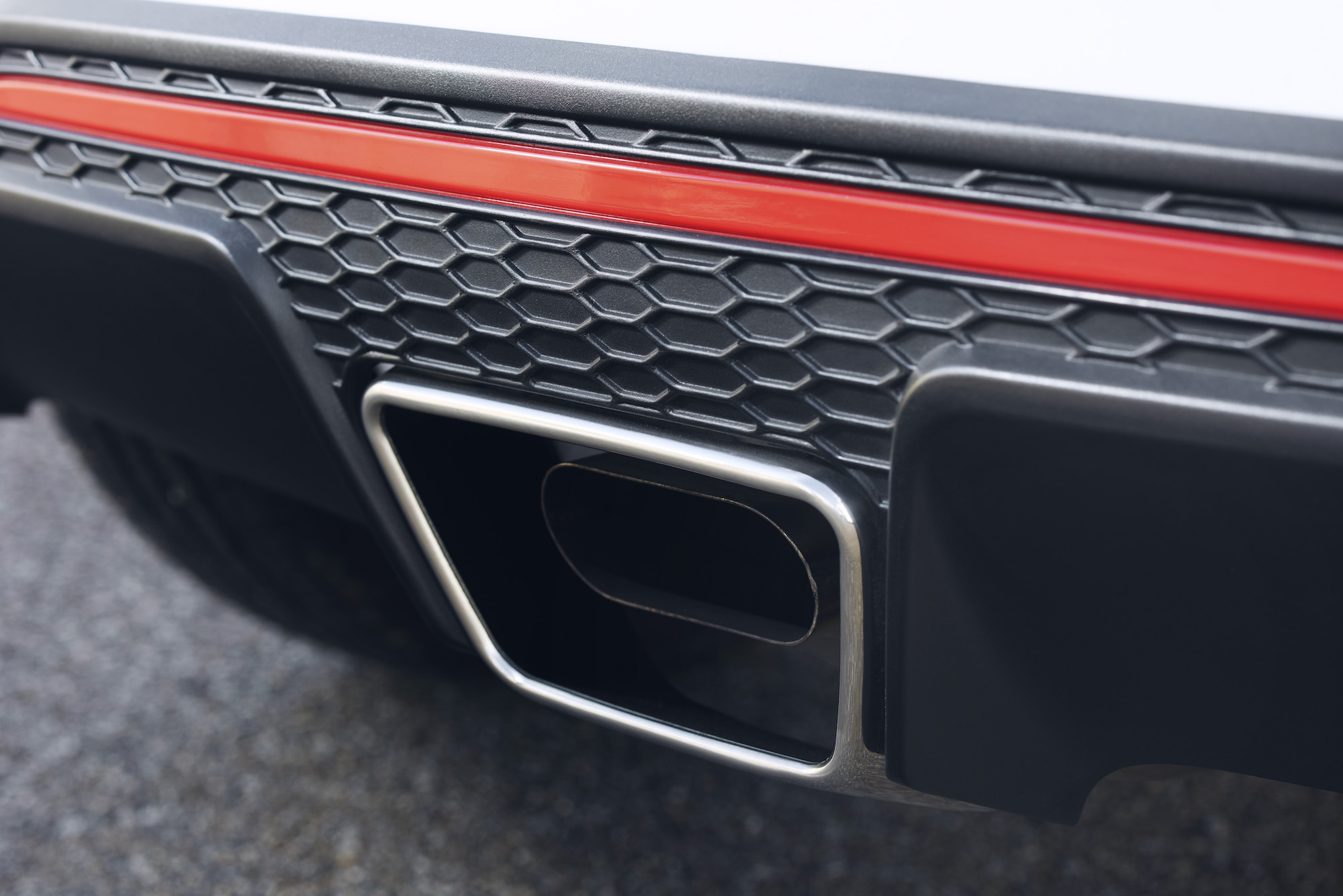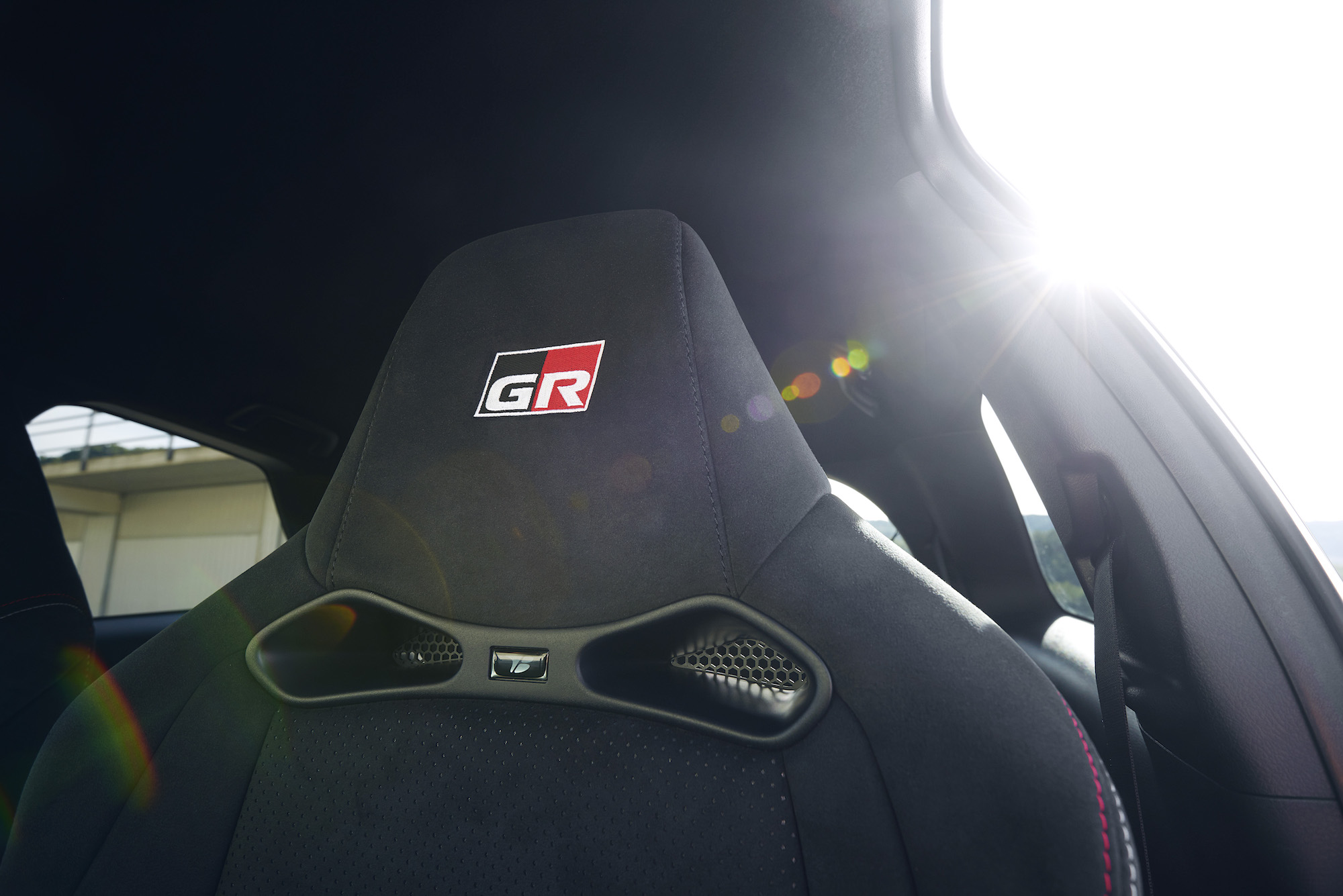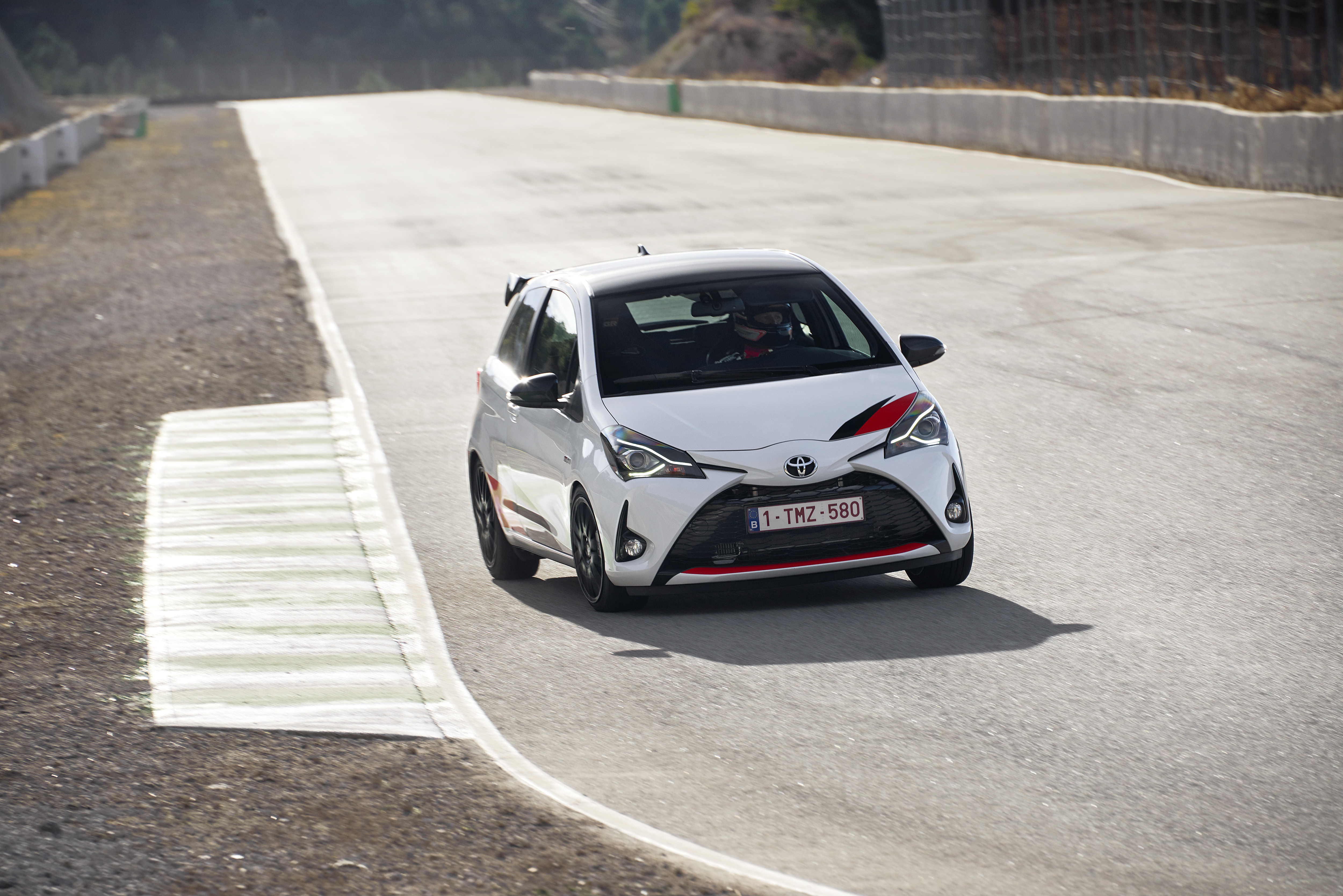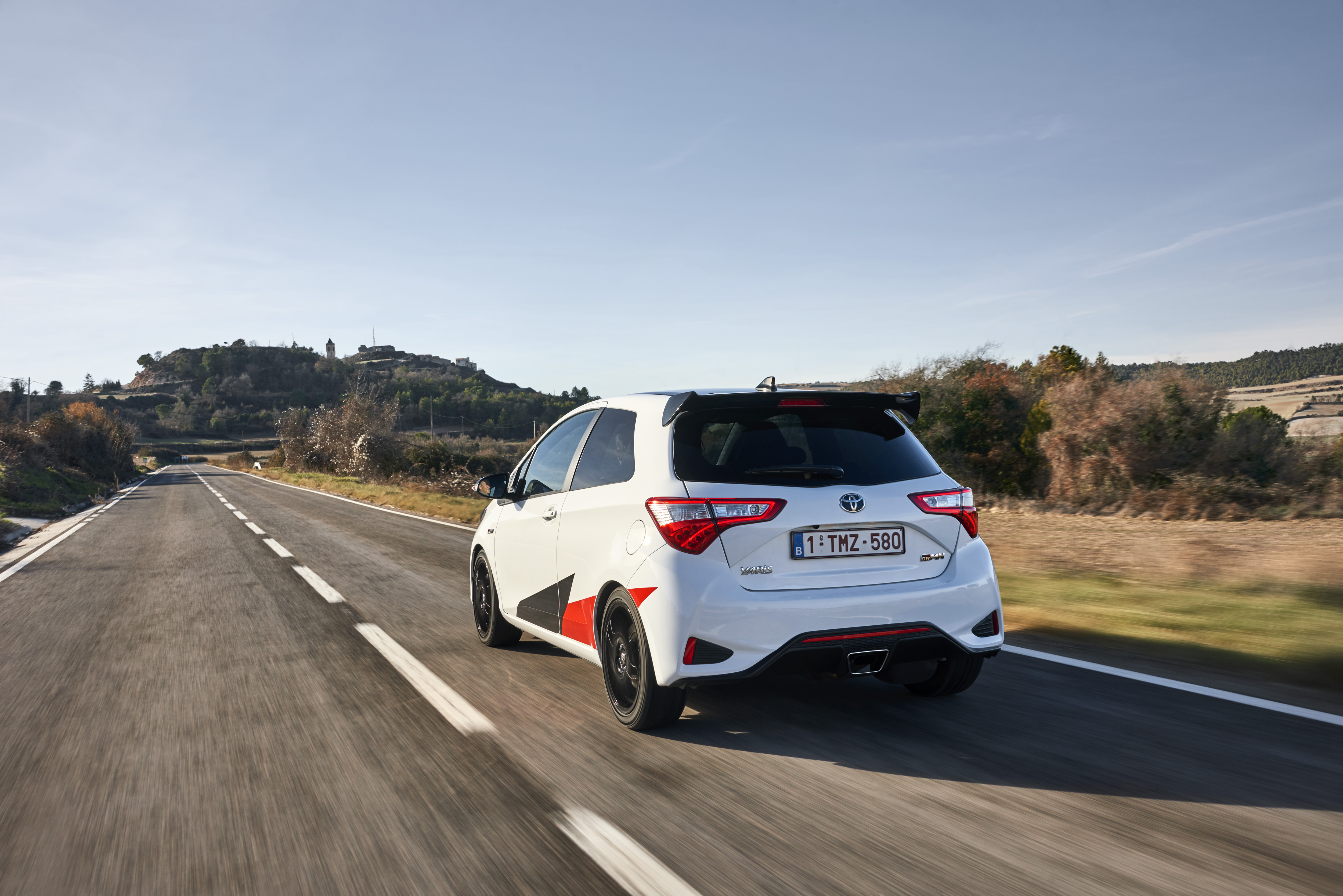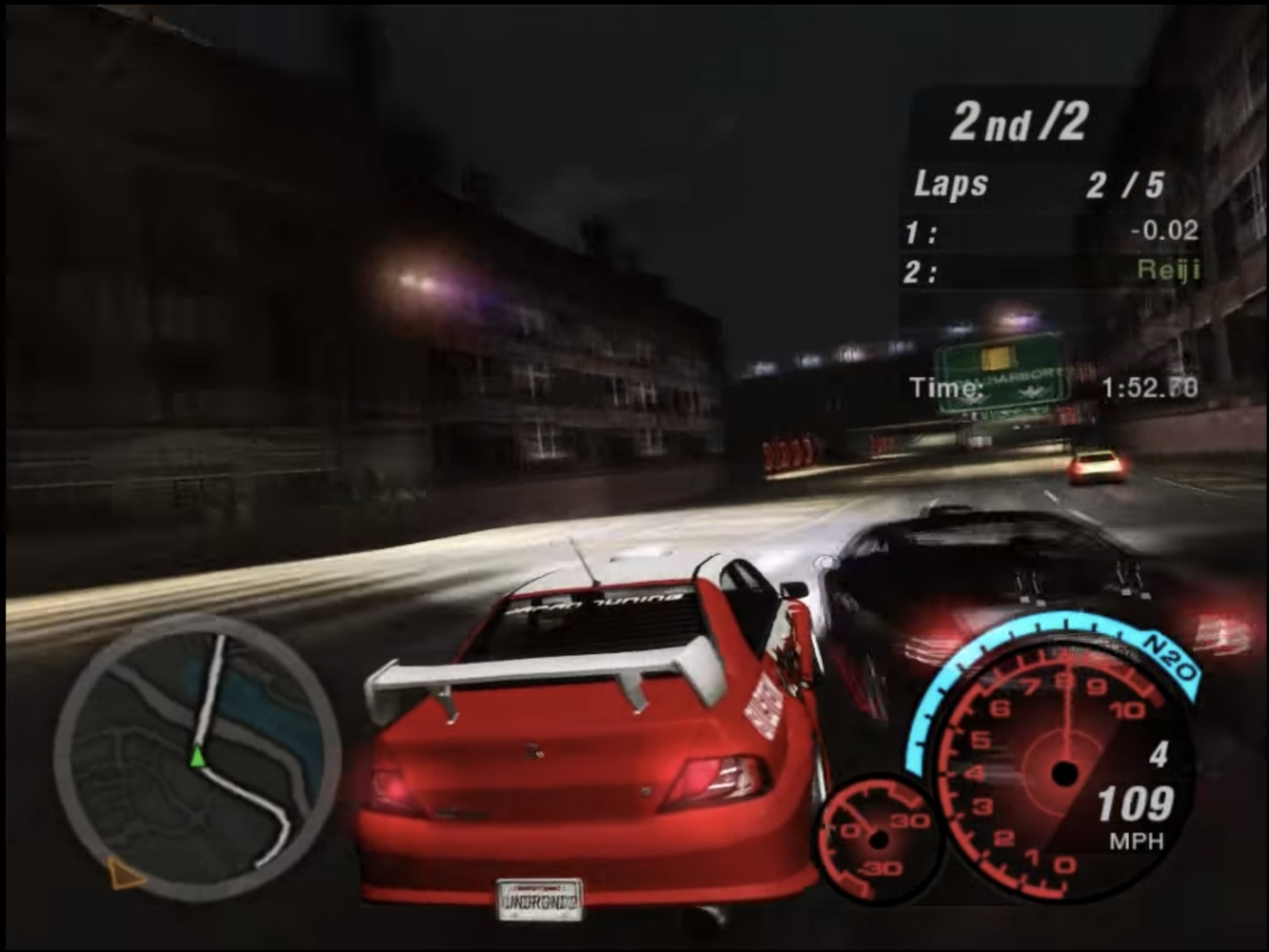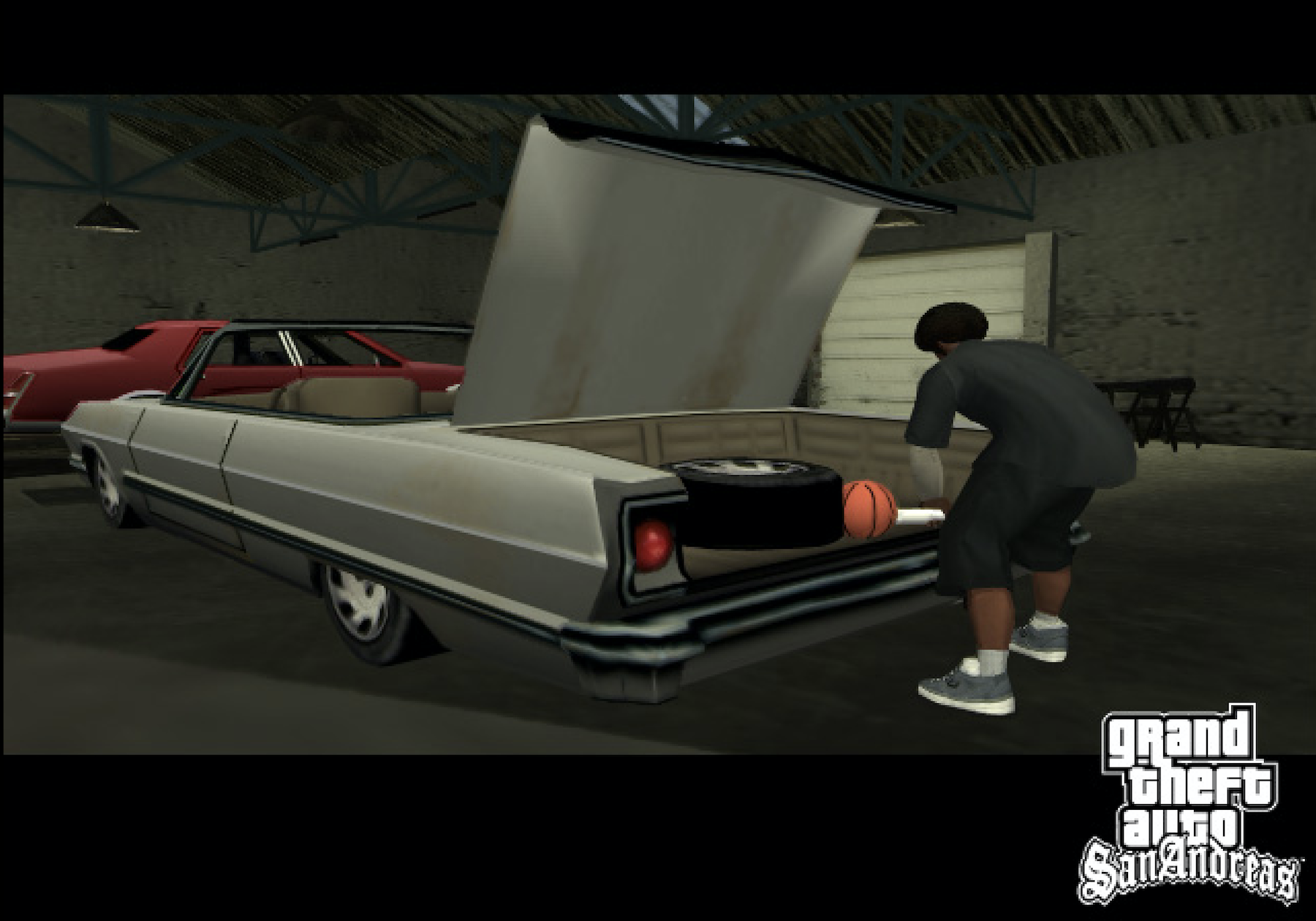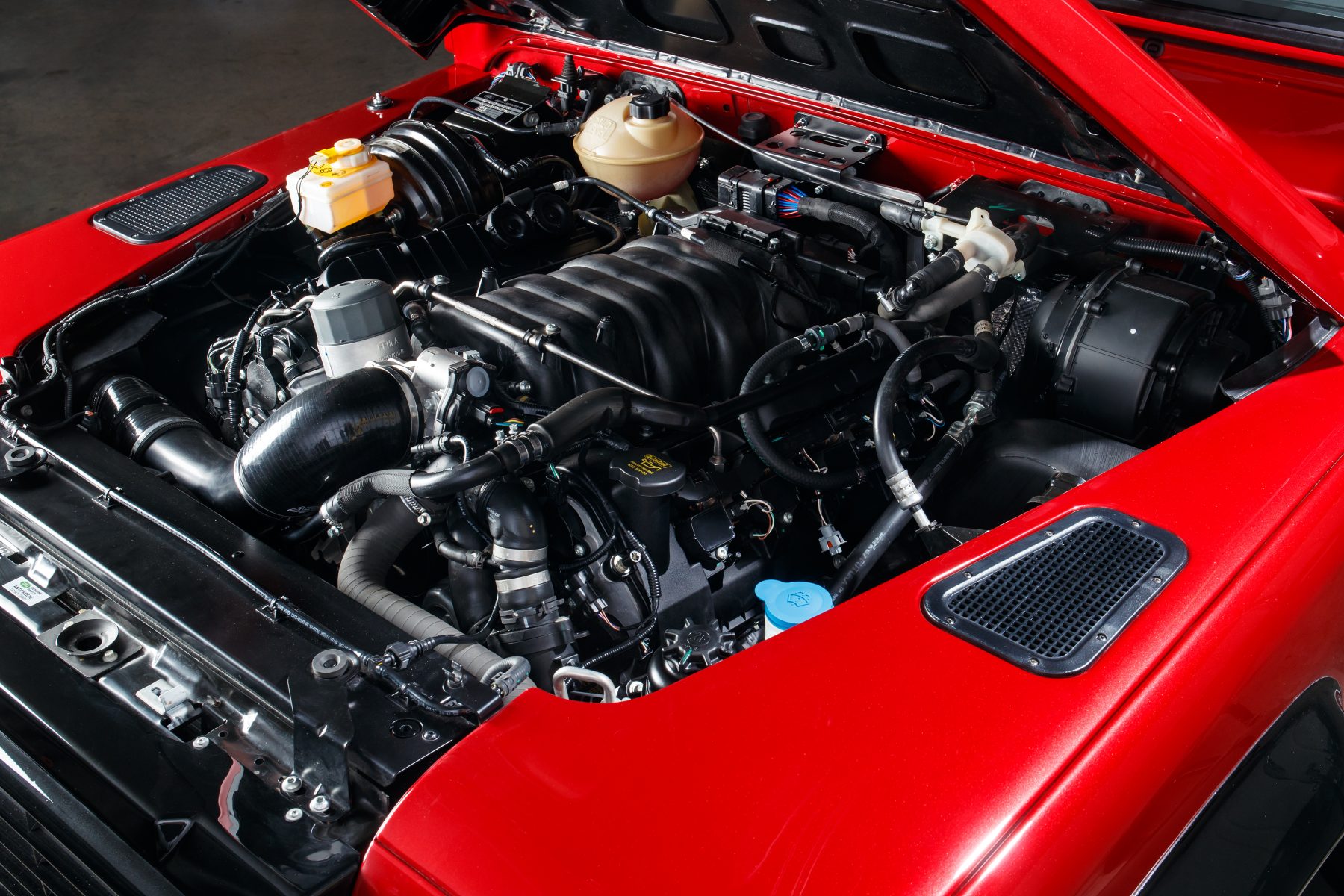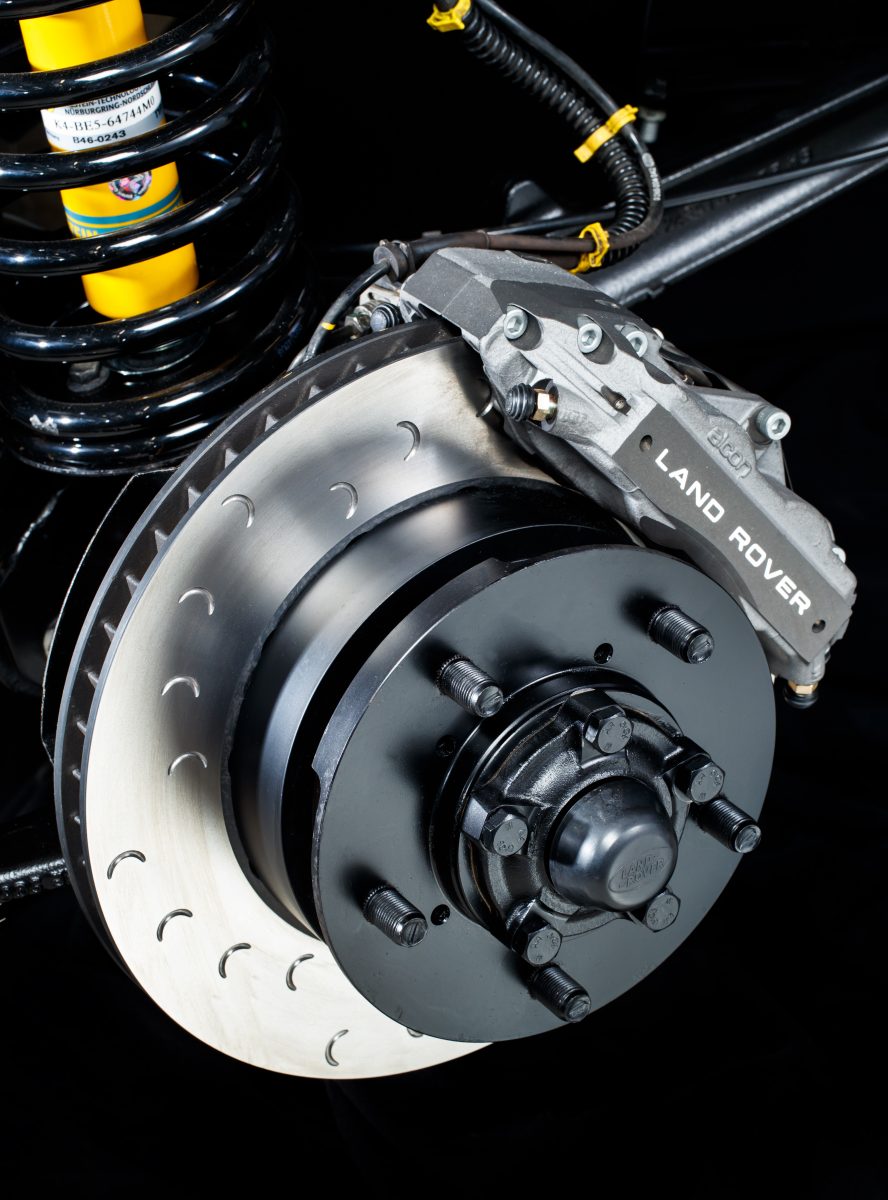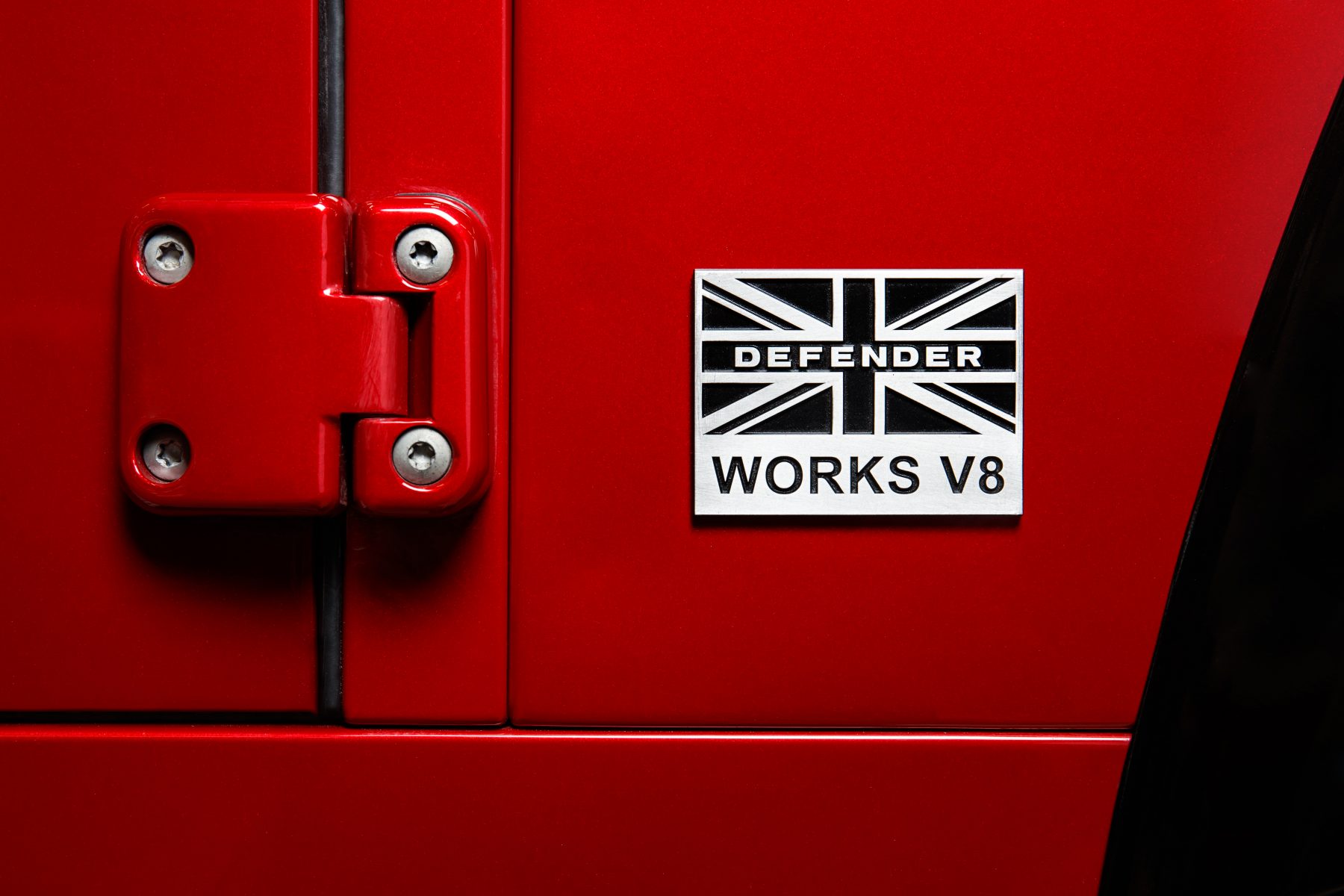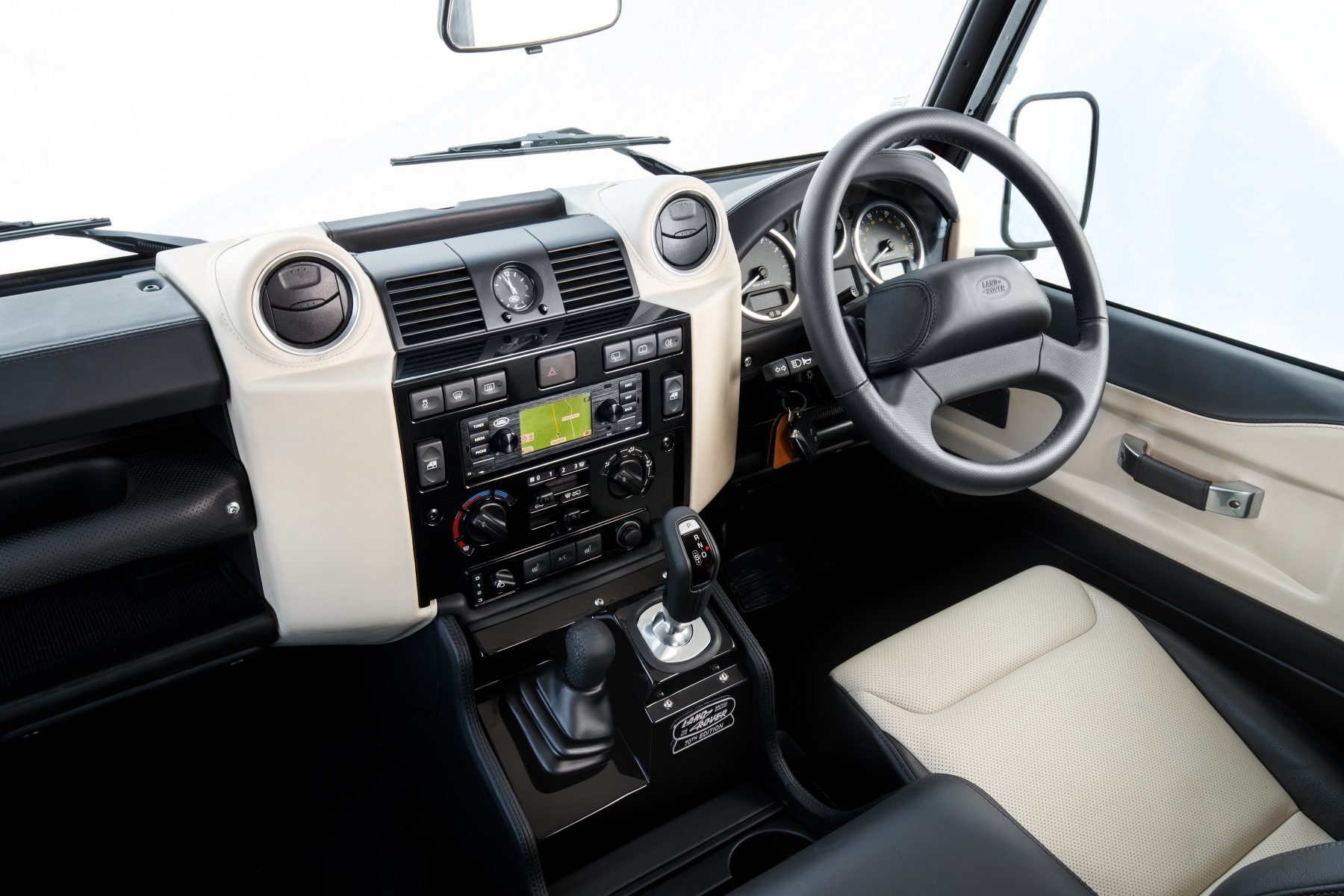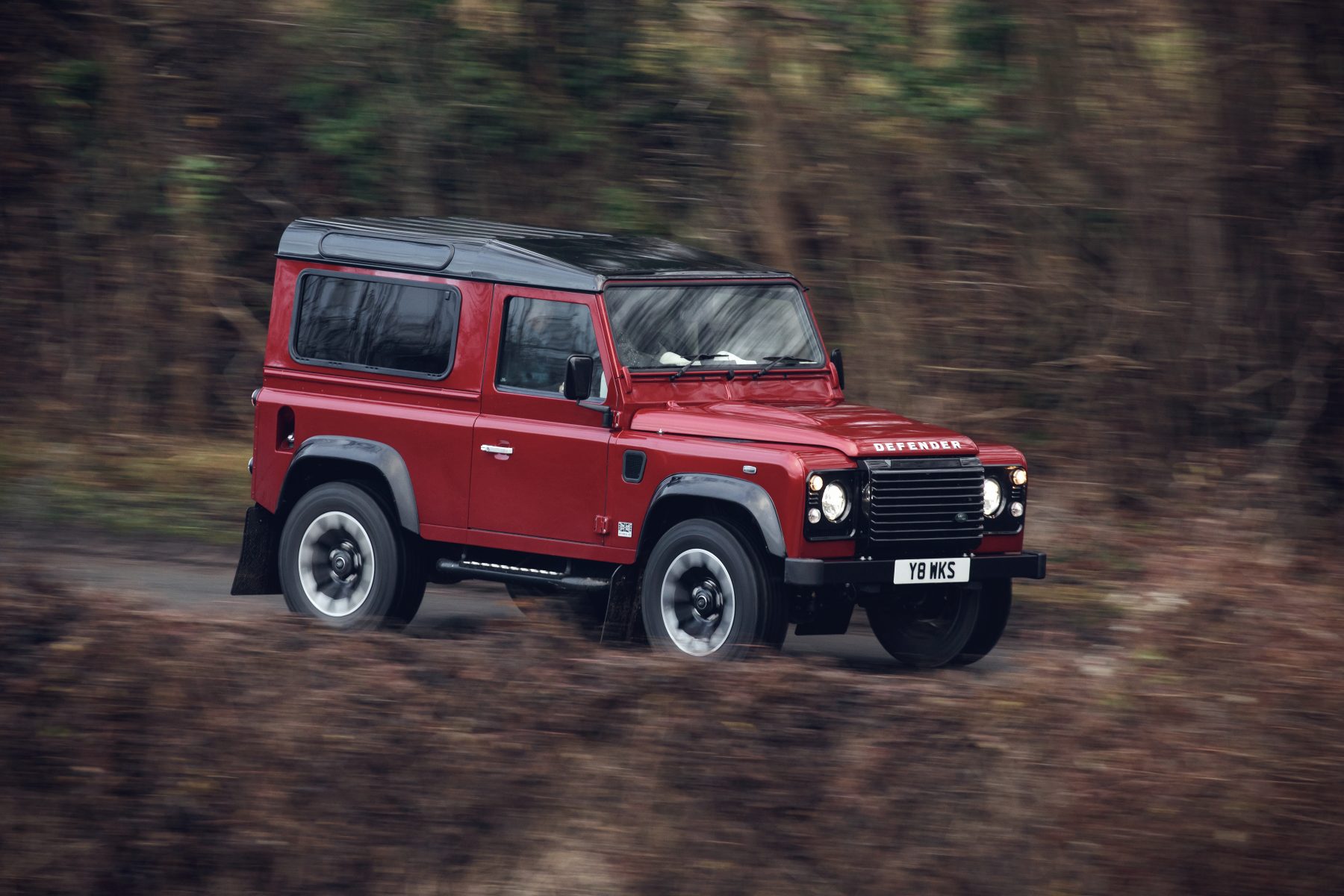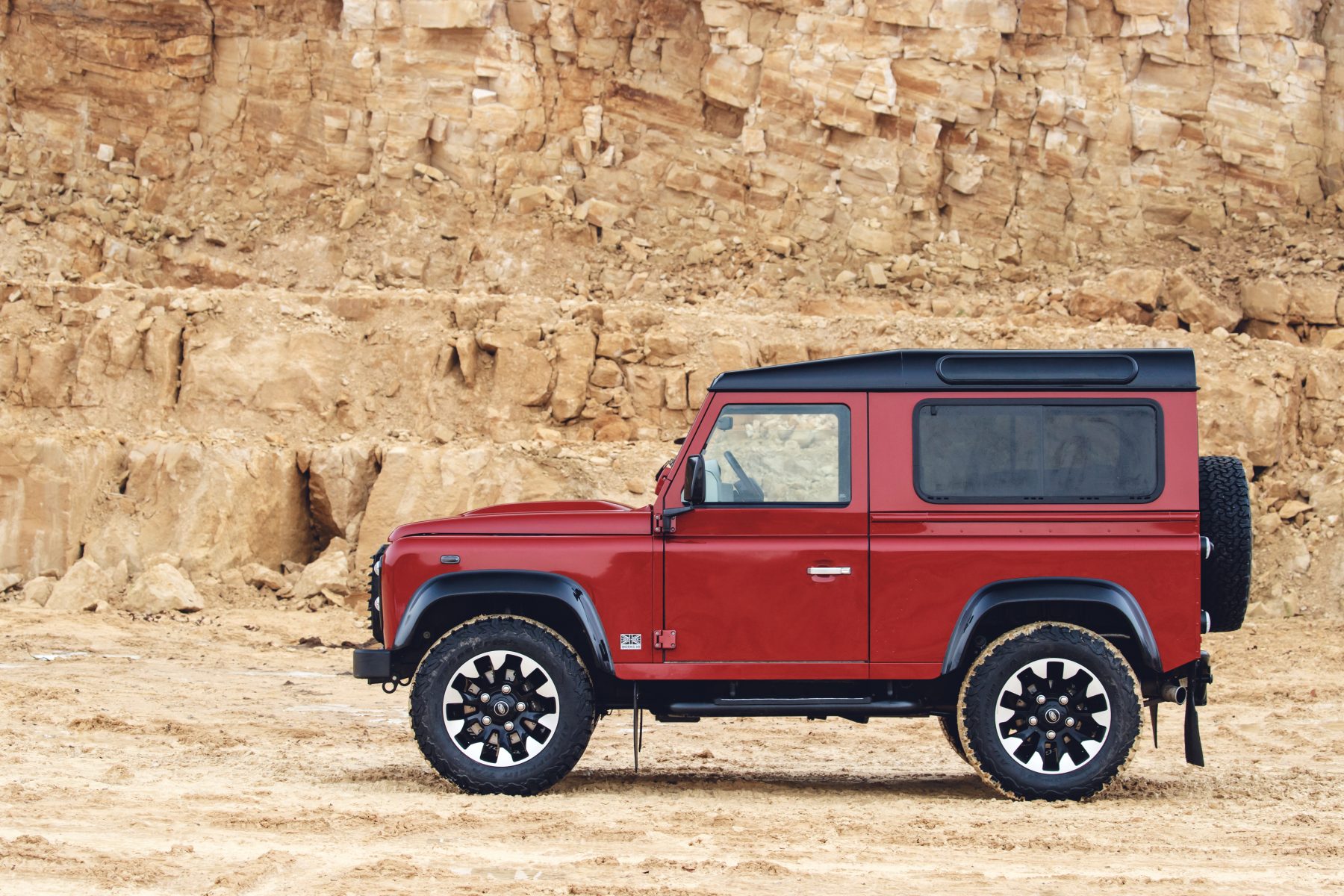Traffic cops believe changes to the law that hand drivers six points and a £200 fine for using their phone are starting to have an effect.
We joined officers on Operation Tramline which uses an unmarked HGV to catch drivers on their phones.
Officers revealed they’d caught nearly half as many drivers this year than when the same operation was run 12 months ago.
Offences dropping
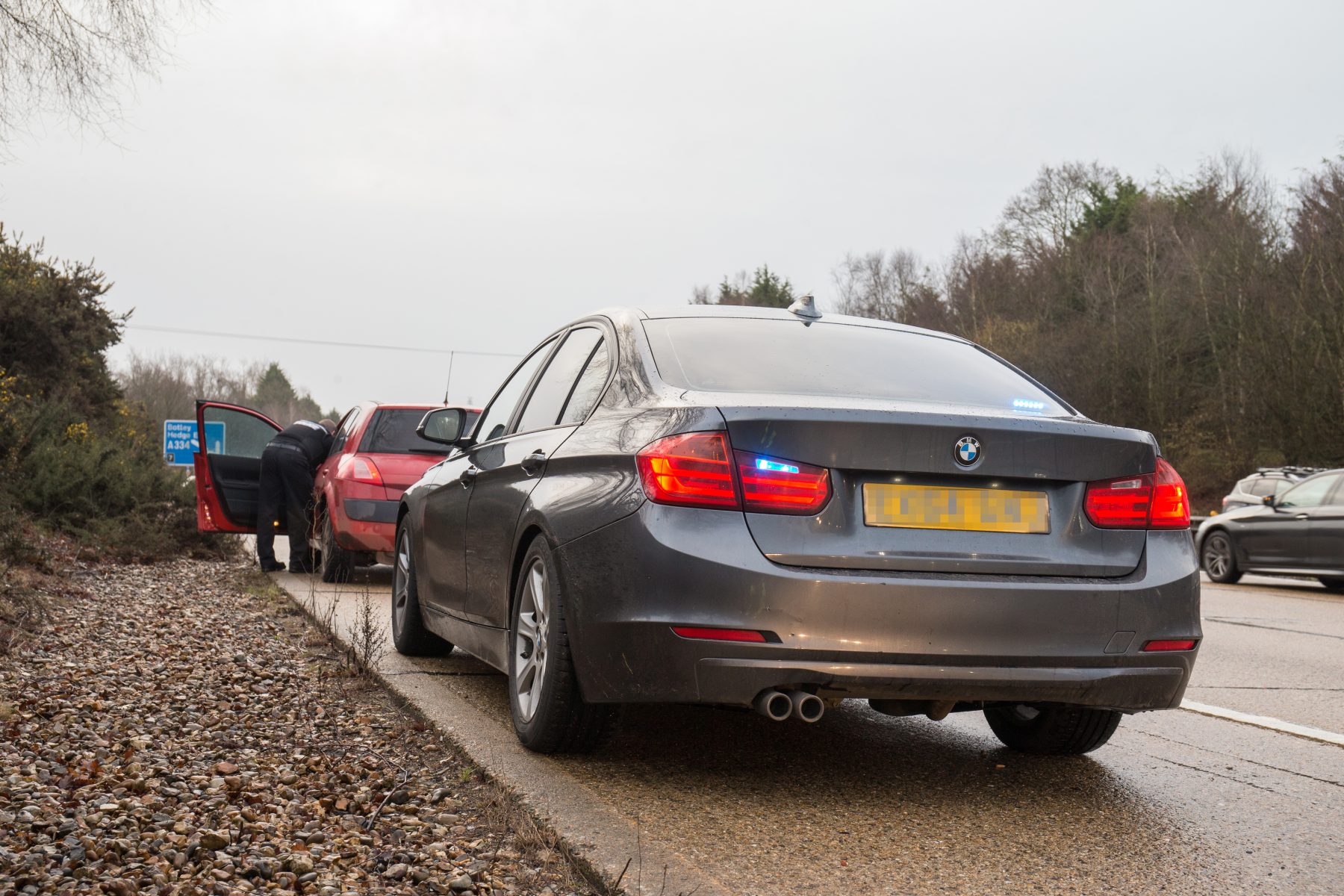
PC Dave Blake, a Hampshire Constabulary policeman who specialises in commercial vehicles and has a licence to drive an HGV, said: “The new fine and increased points is definitely working.
“Previously when we have run this operation we would catch around 40 to 60 drivers a day – around 250 in a week.
“This time we are catching around 15-20 a day. That’s a big drop and I think it’s definitely to do with the change in law and larger penalties.”
Figures released by Hampshire Police back this up. During the 2018 week-long Operation Tramline, 141 mobile phone users were caught – down from 220 in 2017, and 285 in 2015.
Unmarked HGV
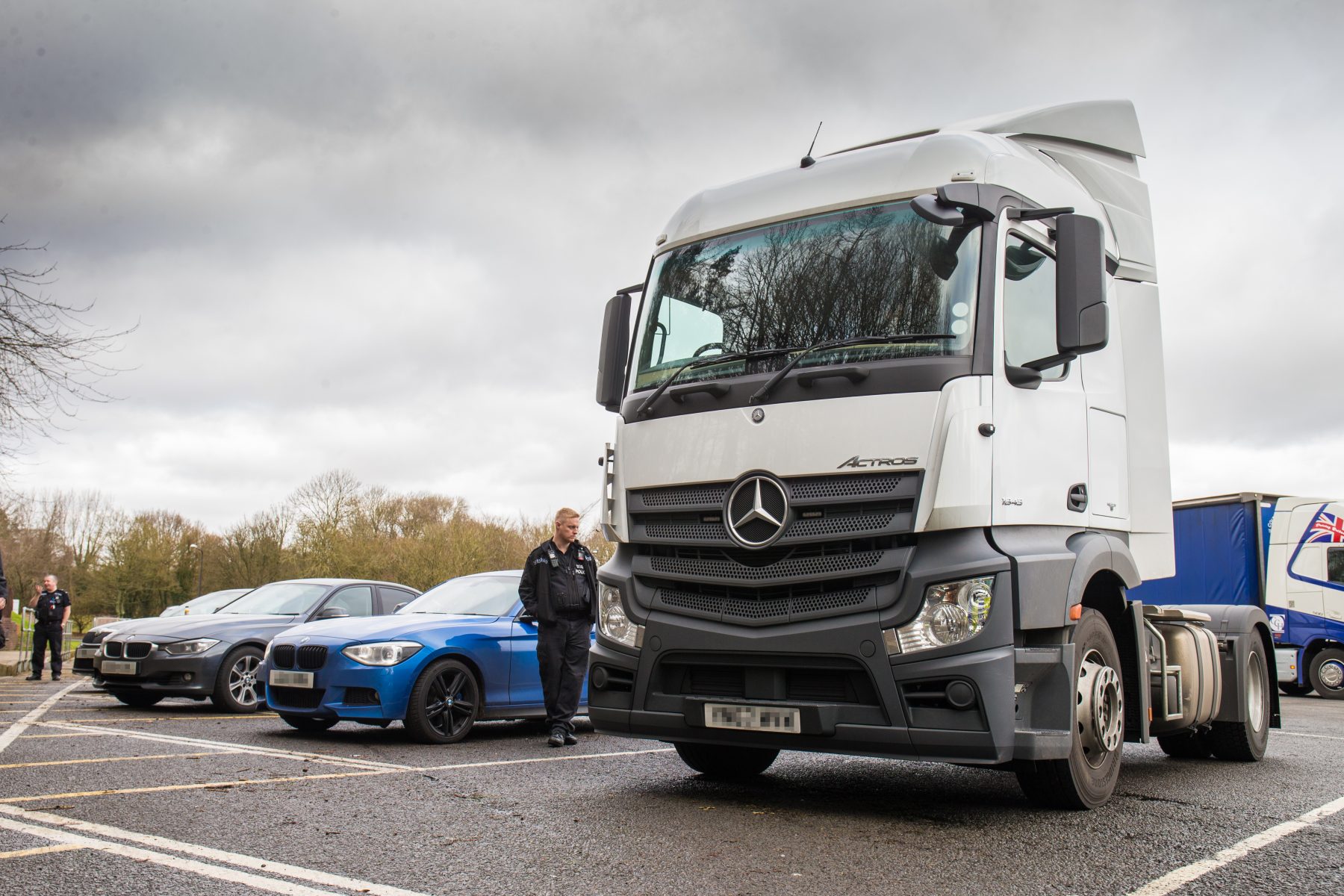
Officers in Hampshire used a special HGV – loaned to police forces around the UK by Highways England – in a week when forces across the country launched a crackdown on mobile phone use behind the wheel.
We joined the Operation Tramline team of three unmarked police cars, a marked police bike and the special truck as it patrolled the M27, M3, A34 and M4.
Trucker’s eye view
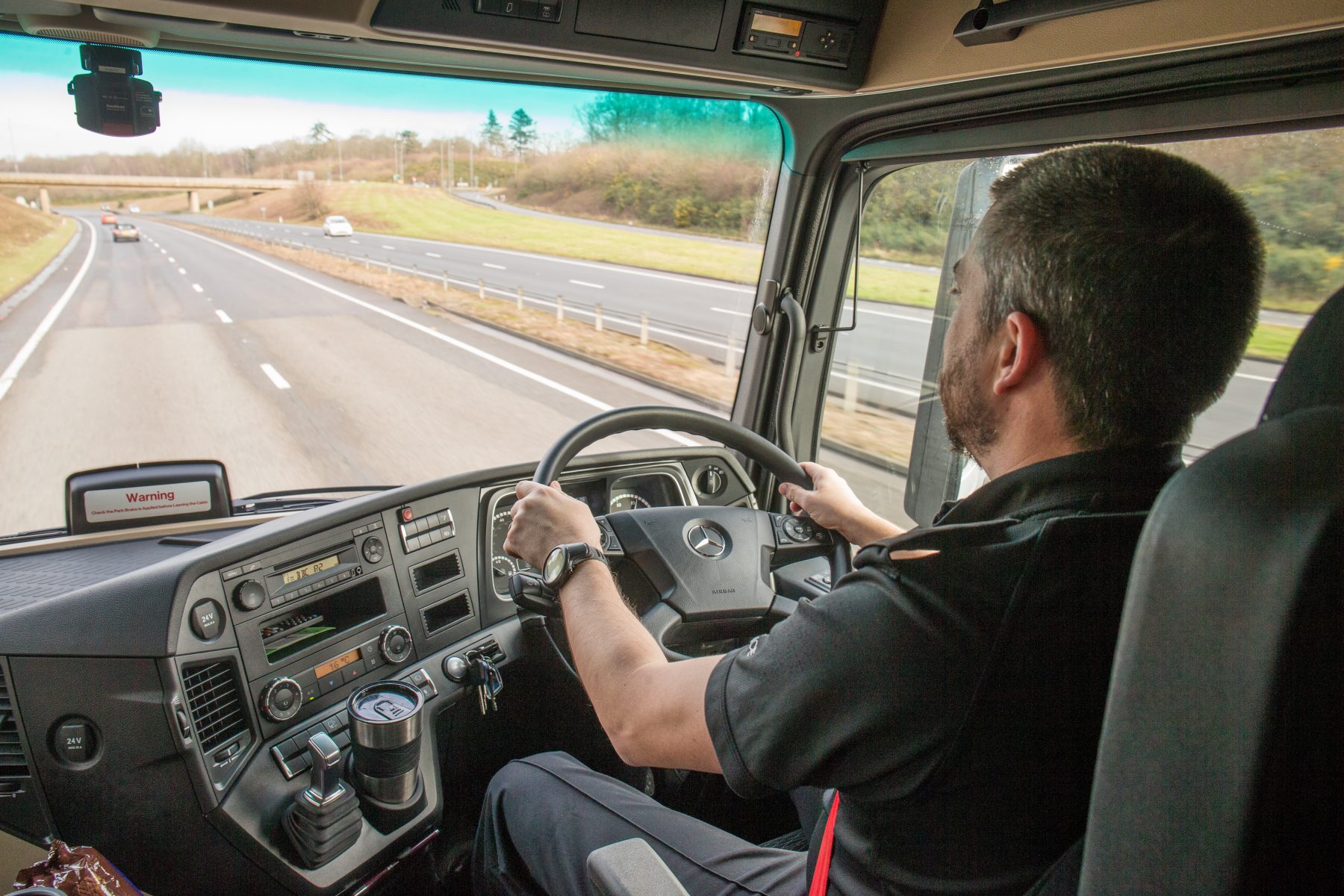
Sitting high above the traffic, PC Blake and special inspector Dan Bell have a useful vantage point that allows them to look down into the surrounding cars.
“In slow moving traffic like this we like to drive in the middle lane so we can look down on either side of the truck,” explained PC Blake.
And it works. Within a matter of minutes the team are calling for back-up from the following officers that are swarming around the HGV like worker bees.
Knock knock
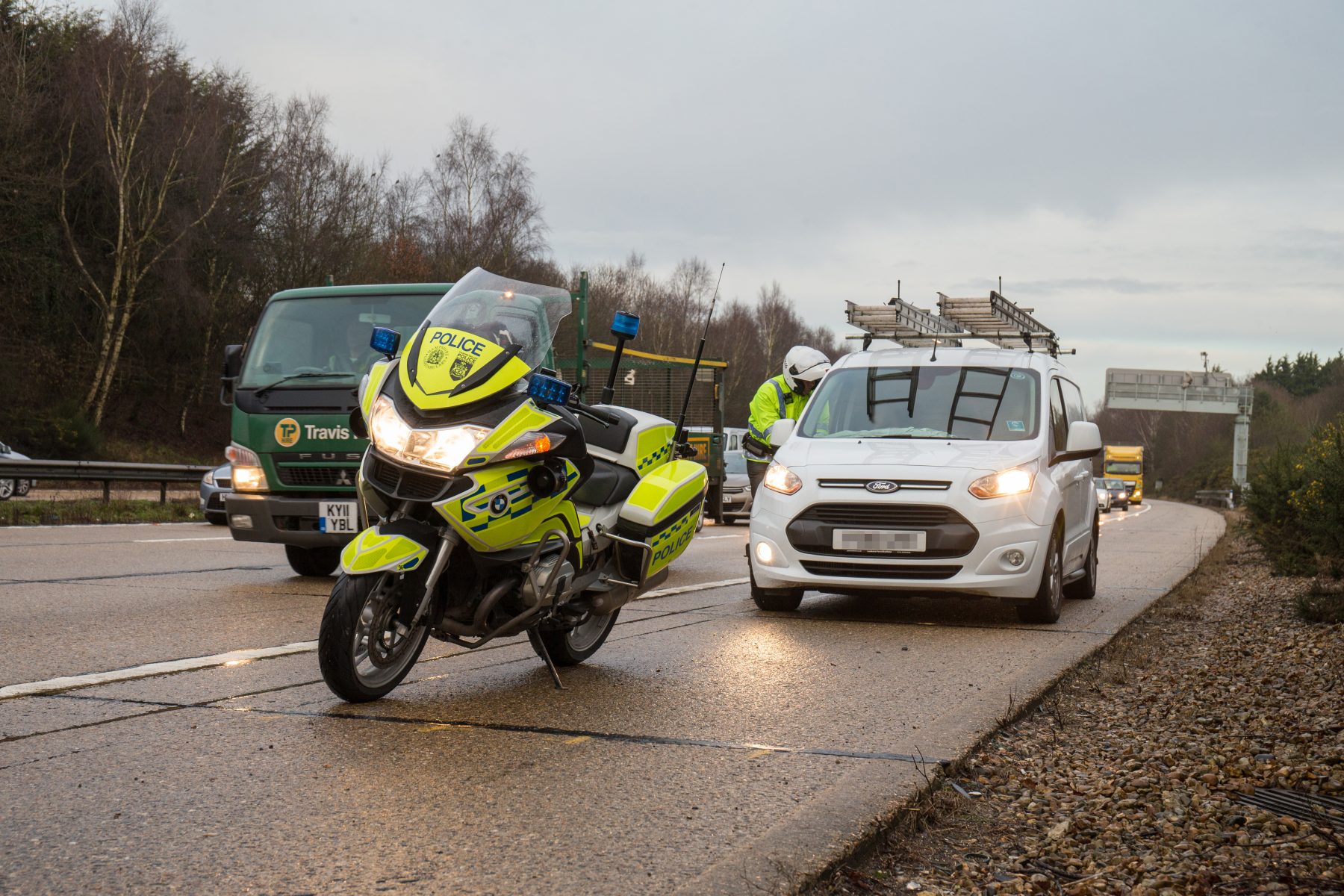
PC Phil Robertson, riding a marked police bike, shoots past us and closes in on the driver spotted holding their phone in their left hand.
He pulls right up alongside the offender and has time to tap on the window while the driver is still busy texting, oblivious to the policeman peering in. He’s quickly pulled over and handed a fixed penalty notice.
Sneaky users

“People are more sneaky when they use their phone behind the wheel these days – often holding it out of sight, but we can still tell they’re using it,” says PC Robertson.
“I used to catch one driver a day using their phones, but now it’s dropped to one a week – the six points are working in my opinion.”
Unmarked cars
Behind the truck, in an unmarked BMW 3 Series, is PC Rob Lewis who is using the cover of his generic German saloon to peer into cars as he passes.
Creeping along slowly in lane one, he looks across the lanes of slow moving traffic and it’s easy to see those distracted by a mobile.
Tell tale signs

“When you’re concentrating on driving, typically your view is around the windscreen and your hands are on the wheel,” explains PC Lewis.
“When a driver is using their phone their head dips, they look down frequently and they often struggle to keep their car in the lane.”
He’s at it
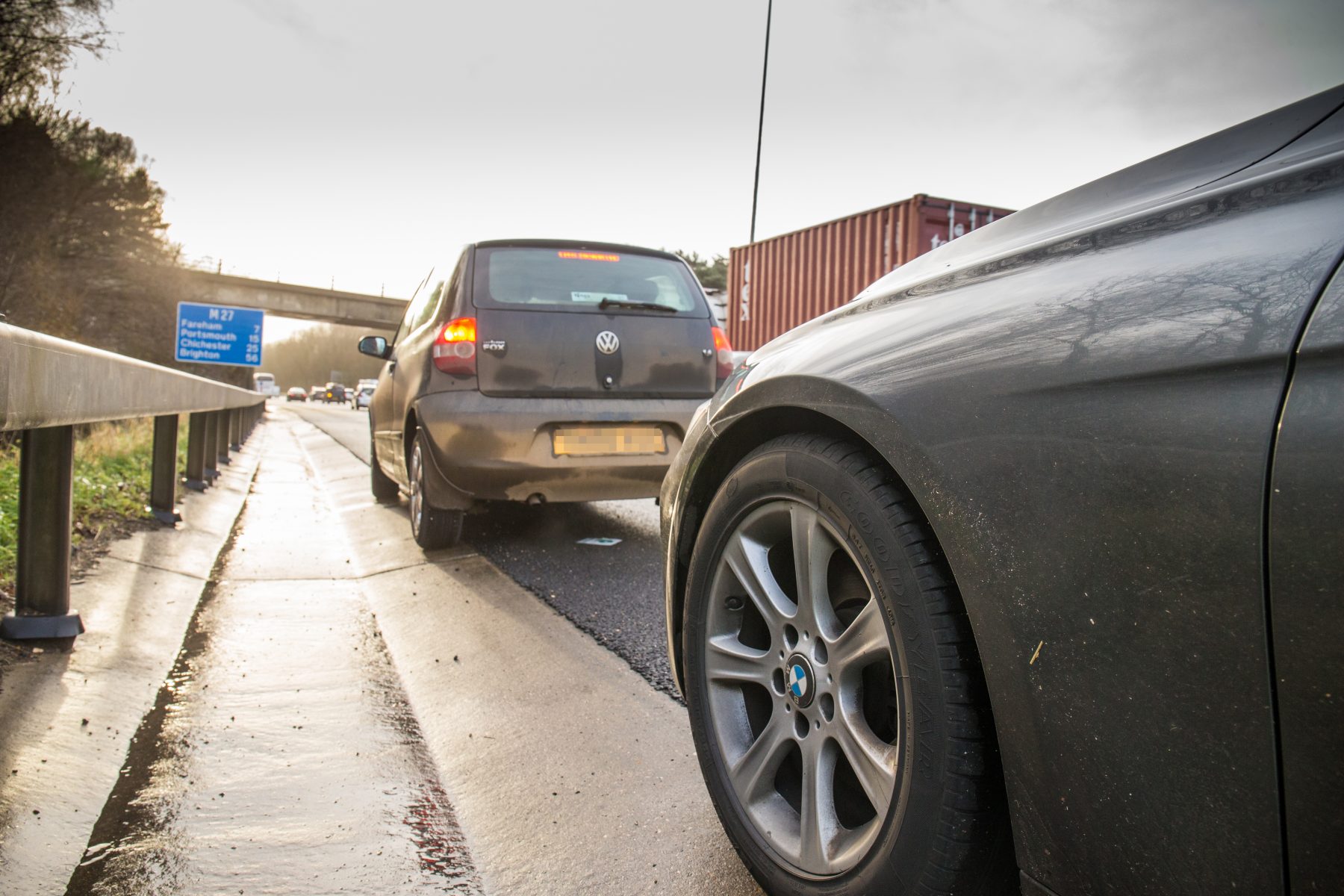
He soon spots an offender displaying those tell tale signs in a Volkswagen in lane three.
He’s clearly doing something, but until PC Lewis sees him touching his phone, he can’t pull him over. A moment later the driver raises an iPhone onto the steering wheel – and PC Lewis pounces.
Lights, camera, action
The shock of the unmarked car illuminating its hidden lights and deafening siren shock the VW Fox driver and he soon pulls over.
“He said he was just changing the music on his phone,” says PC Lewis, as he clambers back into the BMW after issuing the ticket. “But that’s no excuse – it’s against the law.”
Truck to truck
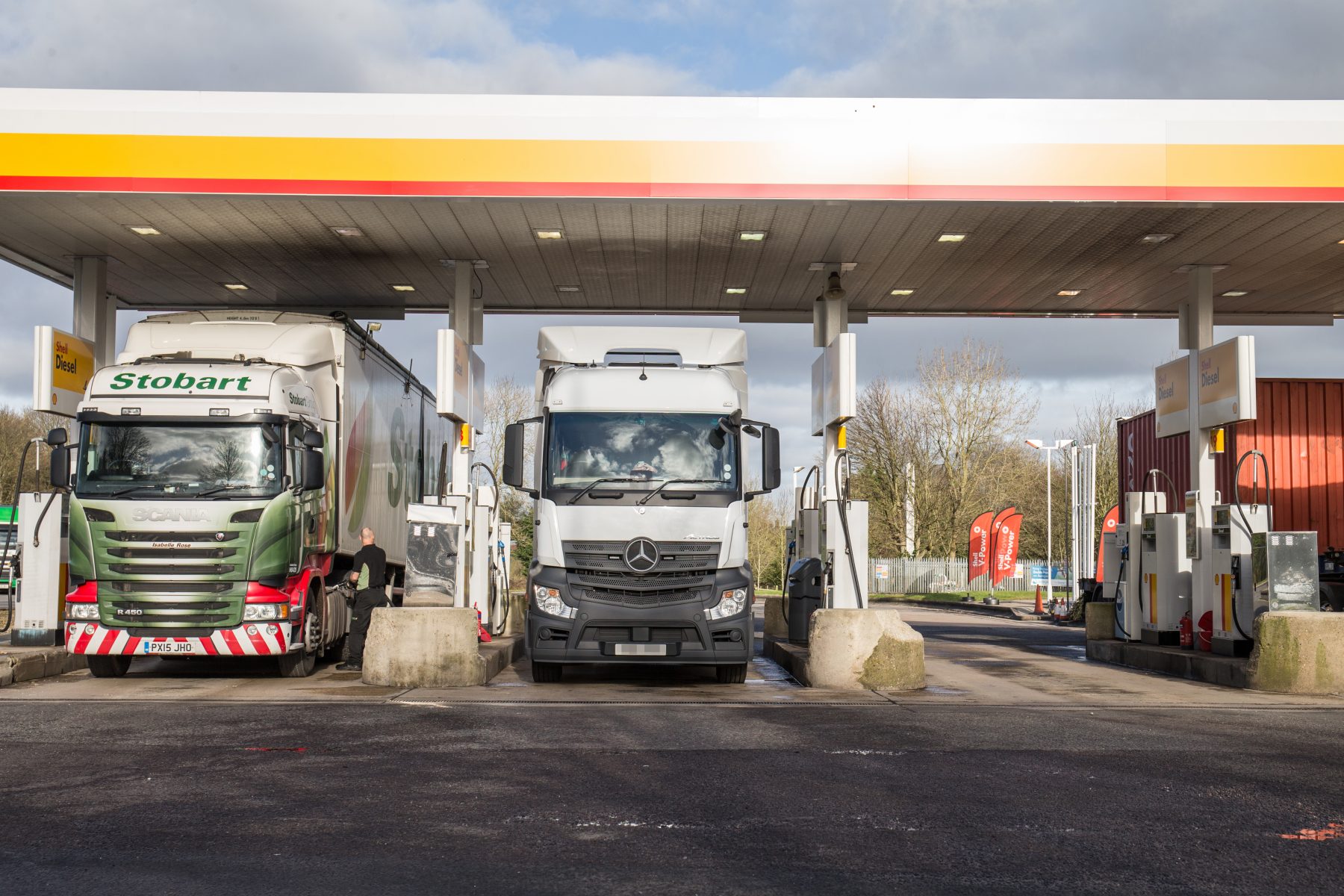
Back in the £70,000 truck, PC Blake is keeping a sharp eye out for other drivers breaking the law. Not only does the truck give the team a great view down into cars, it also allows them to look directly into the cabs of other HGVs they pass.
“Generally, truck drivers are well behaved as most firms now instantly dismiss for mobile phone offences and often have dash cams pointing at their drivers to keep an eye on them,” he explained.
Foreign fines
But as he’s saying that we pass a Romanian-registered car transporter and the driver has his mobile phone clamped to his left ear.
PC Robertson is called in again on his bike to deal with the issue – and this time the foreign driver will have to cough up the fine on a credit card before he’s allowed on his way.
Dramatic drop
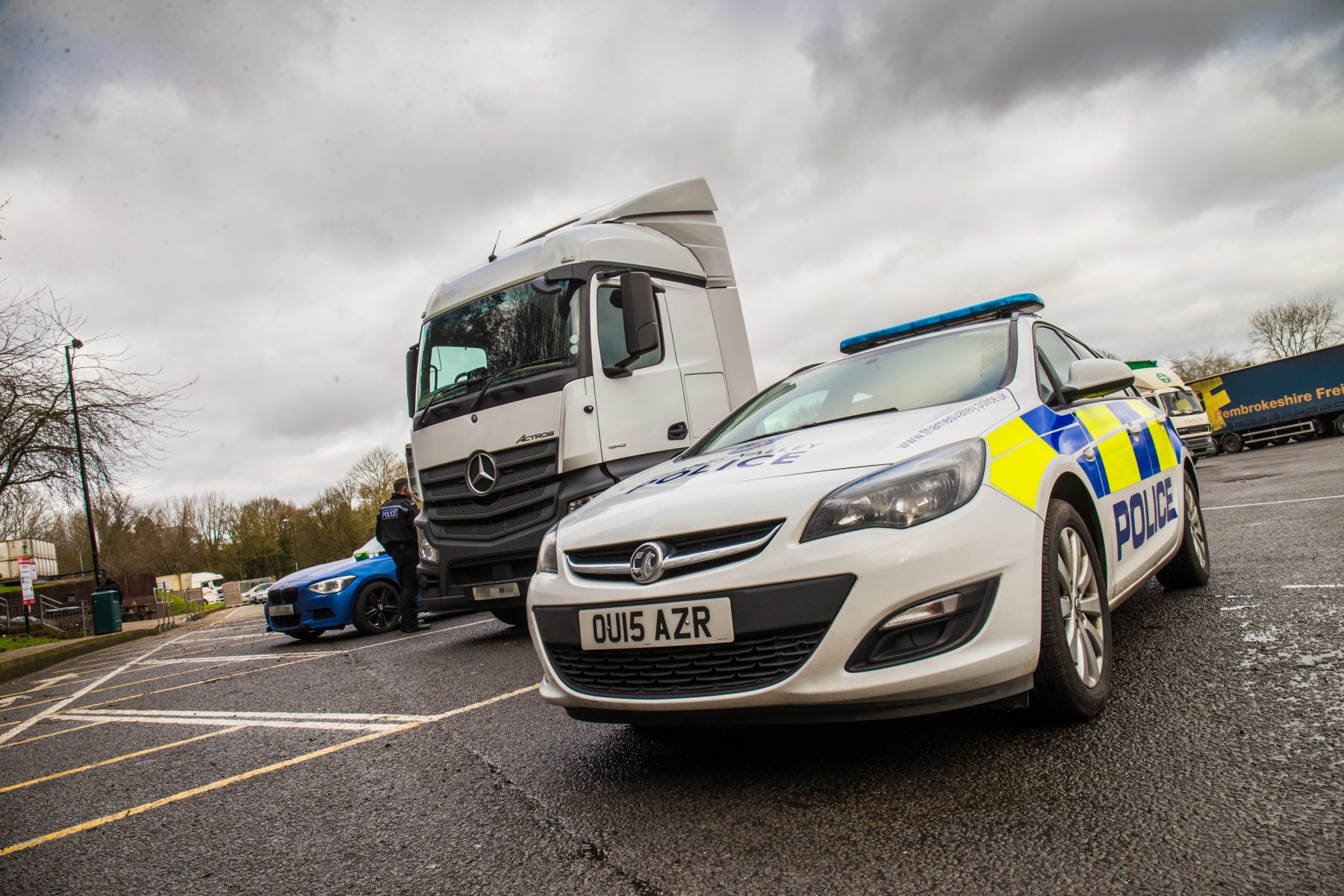
After a day on the road the Operation Tramline team have caught 16 drivers – a dramatic drop on the numbers they caught a year ago.
A spokesman for the National Police Chiefs’ Council said it believed it was too early to tell conclusively whether the higher penalties were working, but added it was working closely with partners to evaluate if it was.
However, in Hampshire at least, the evidence from this year’s Operation Tramline is certainly pointing towards the fact it is.
PC Lewis added: “Using your phone behind the wheel is dangerous and against the law – thankfully it seems the message is finally starting to get through.”



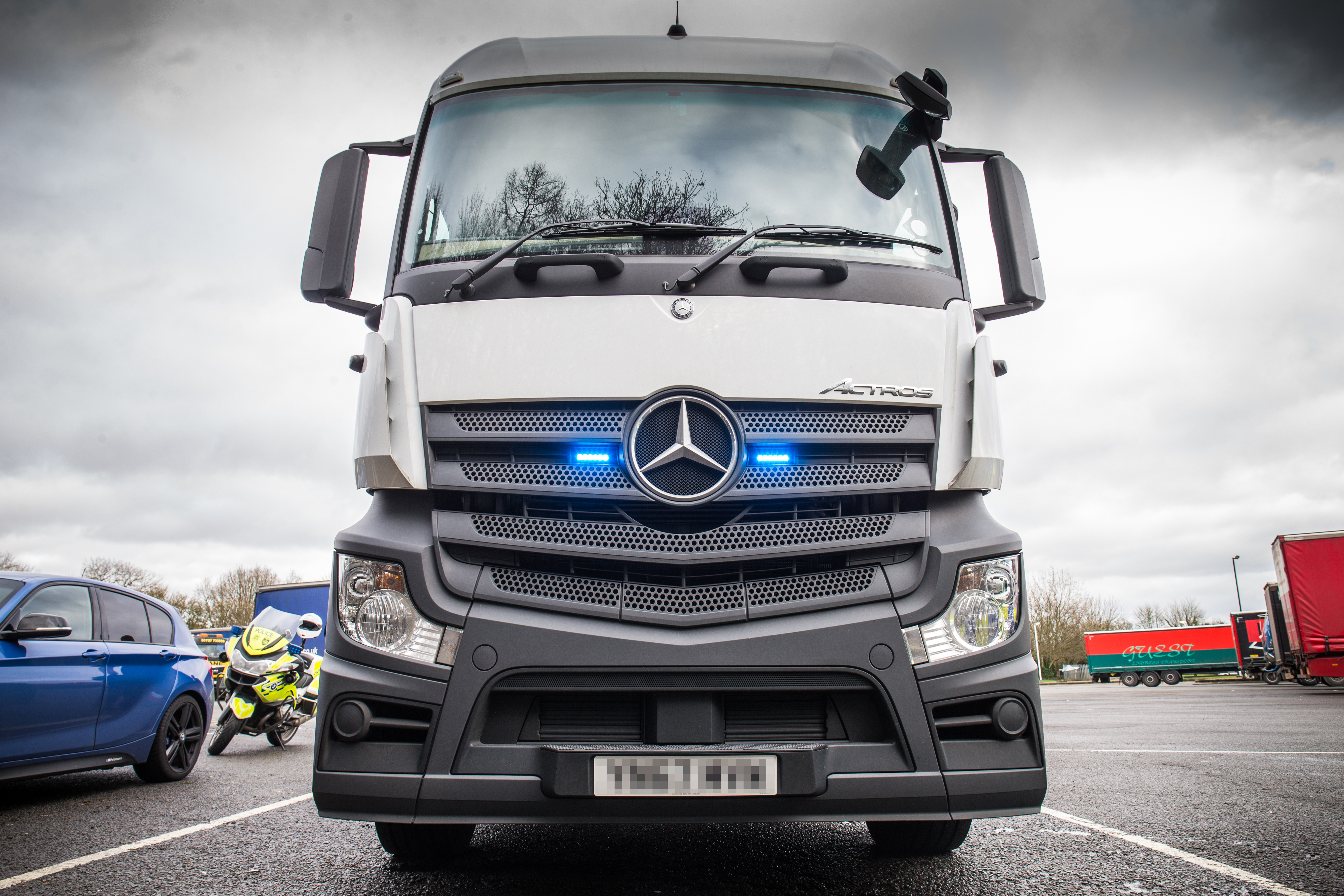










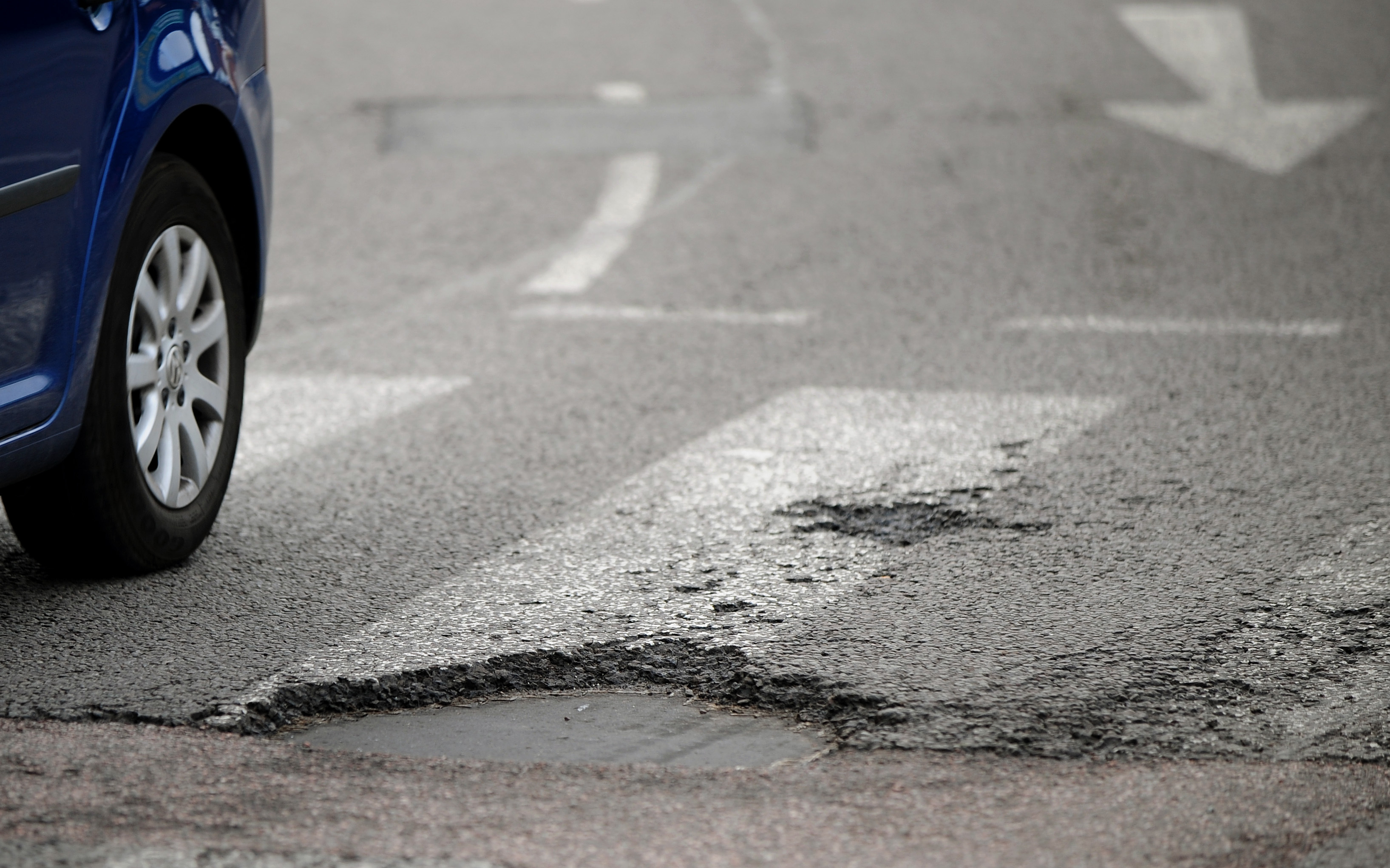
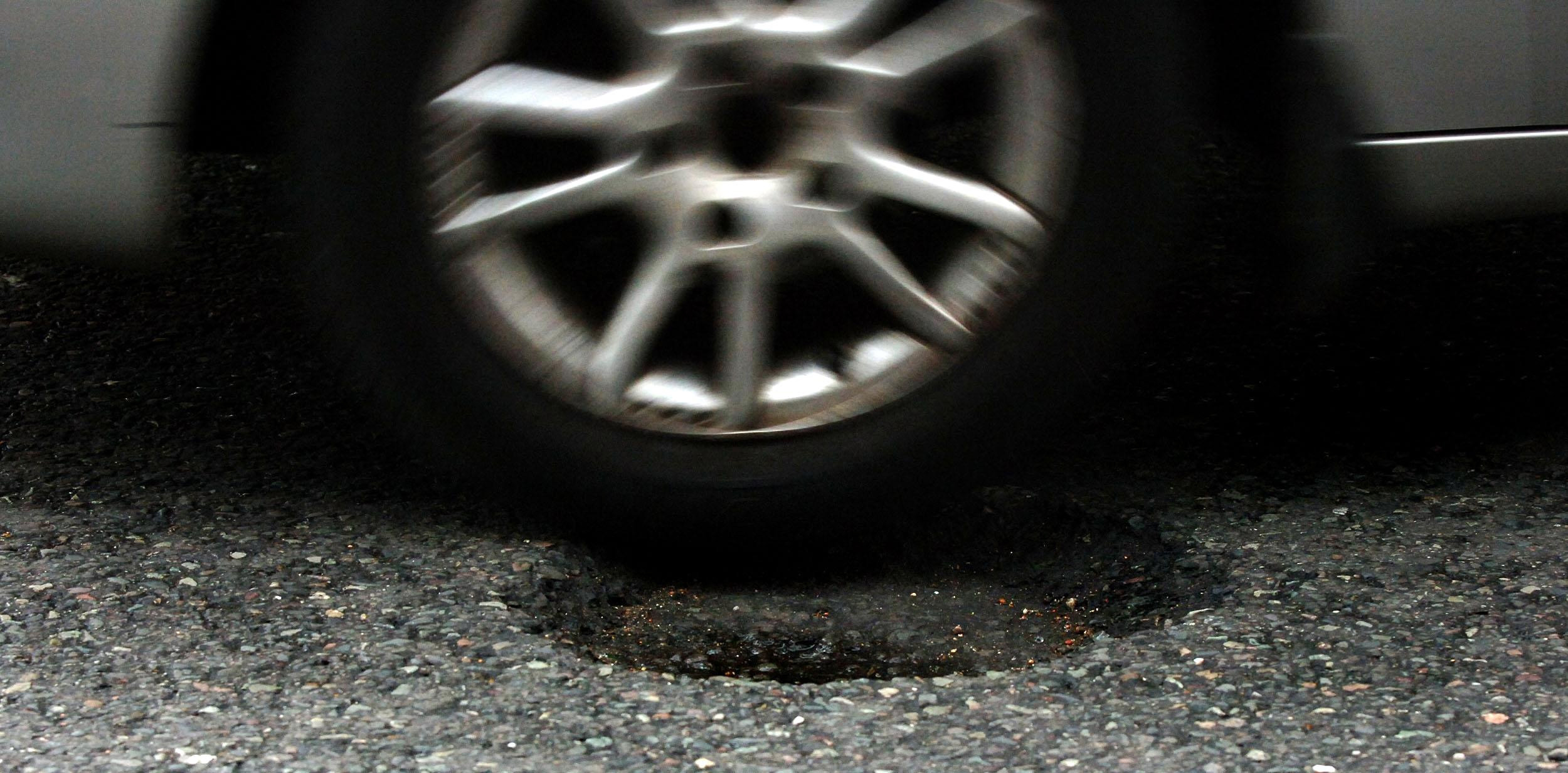
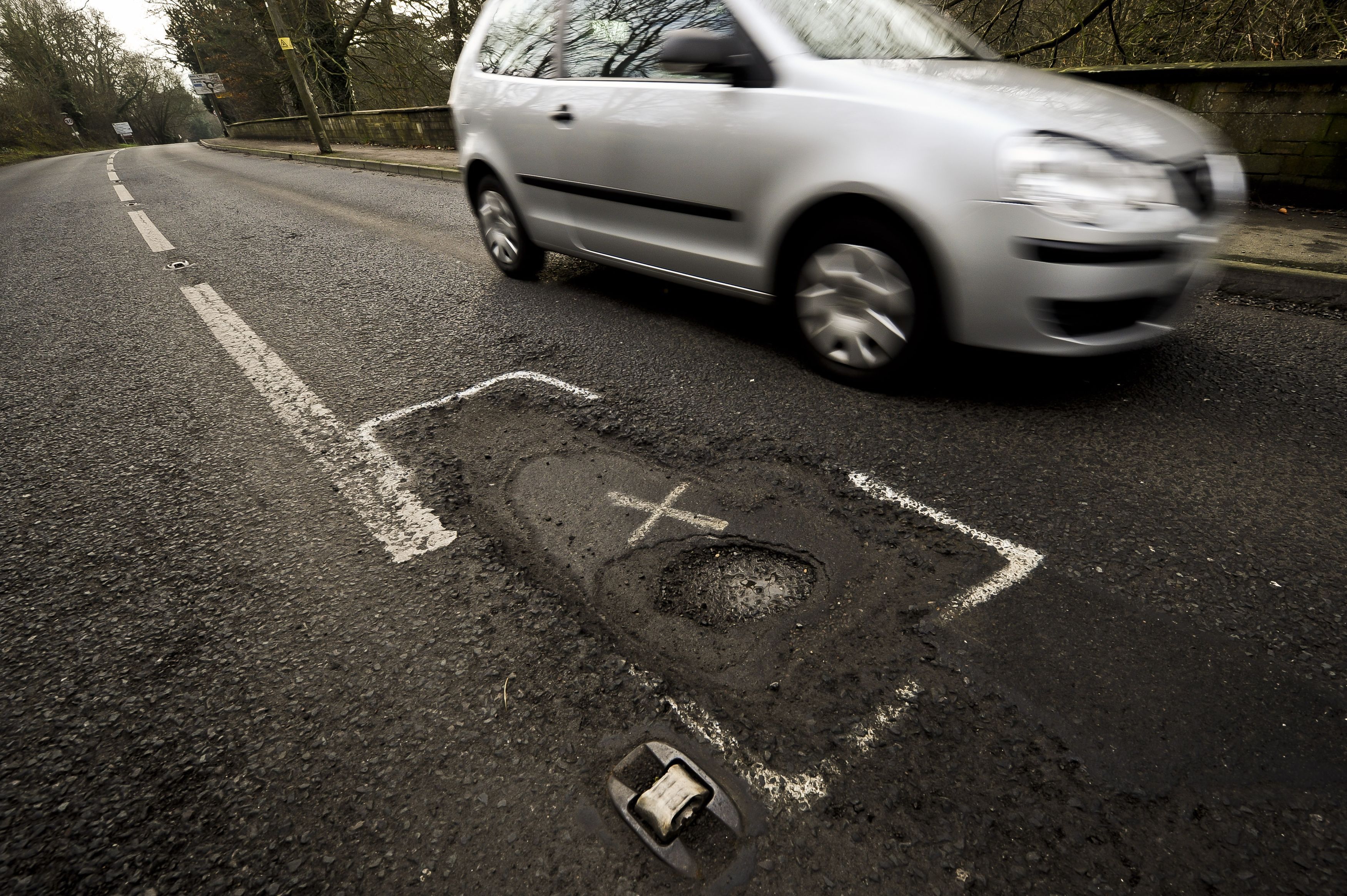
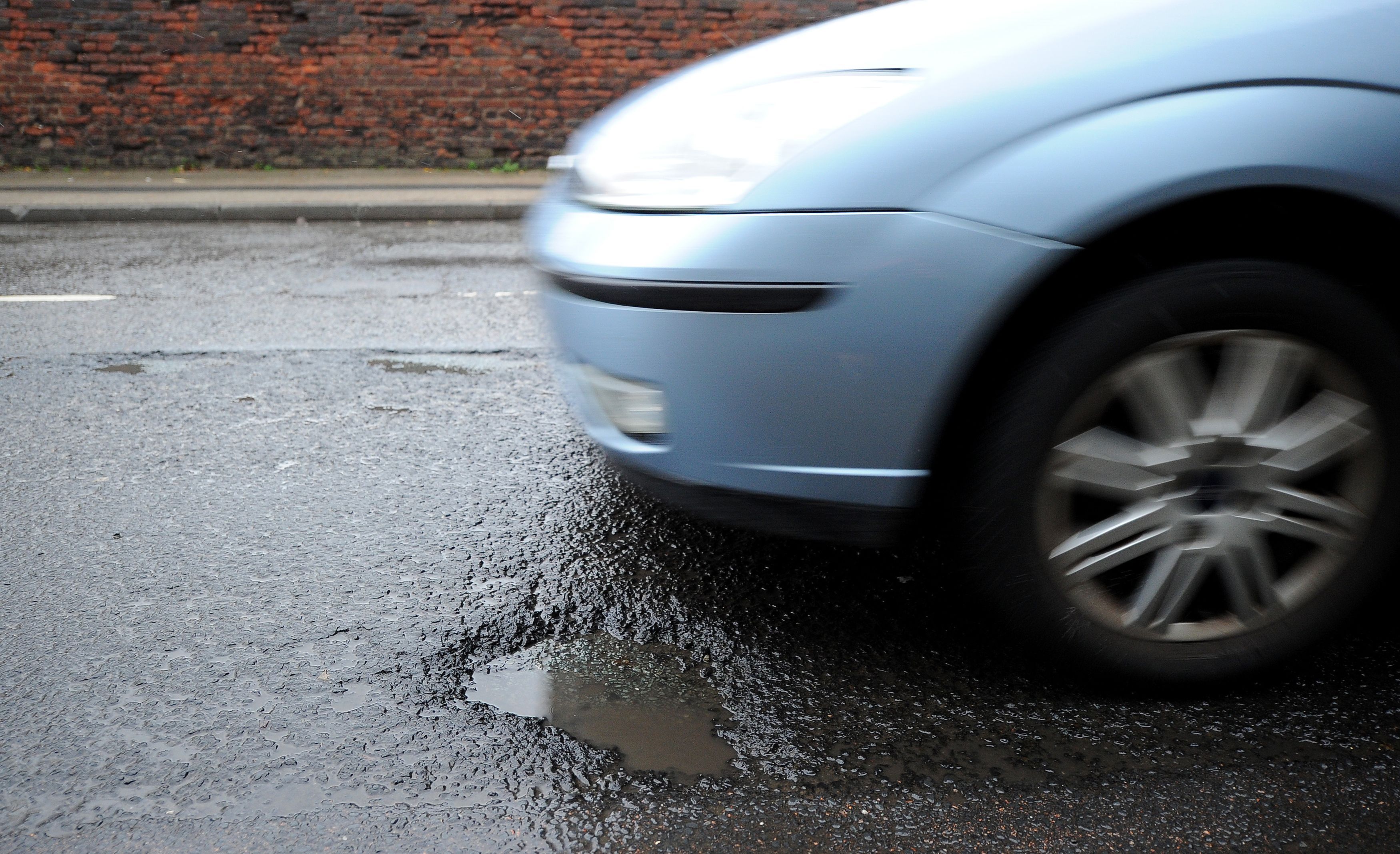
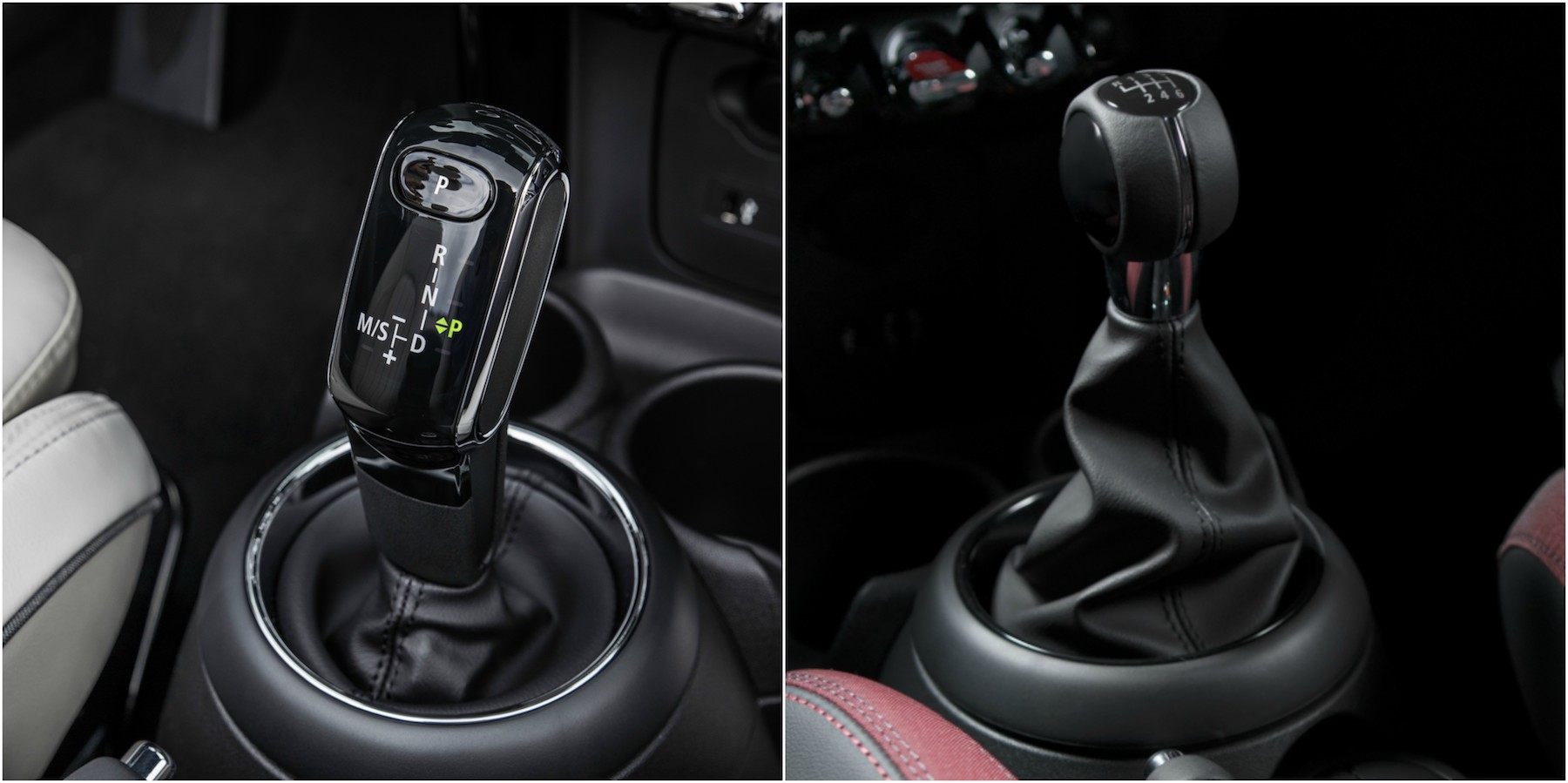
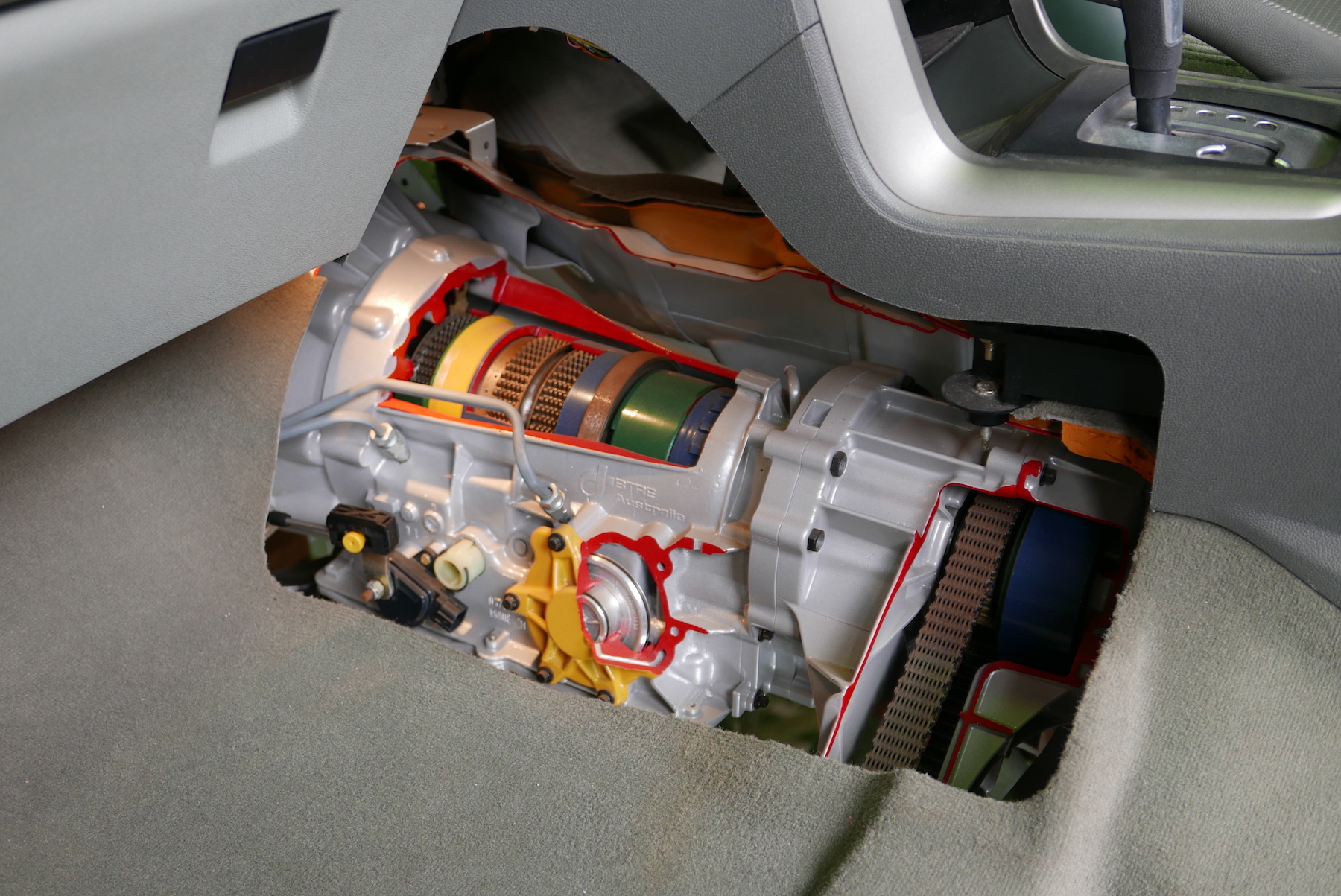
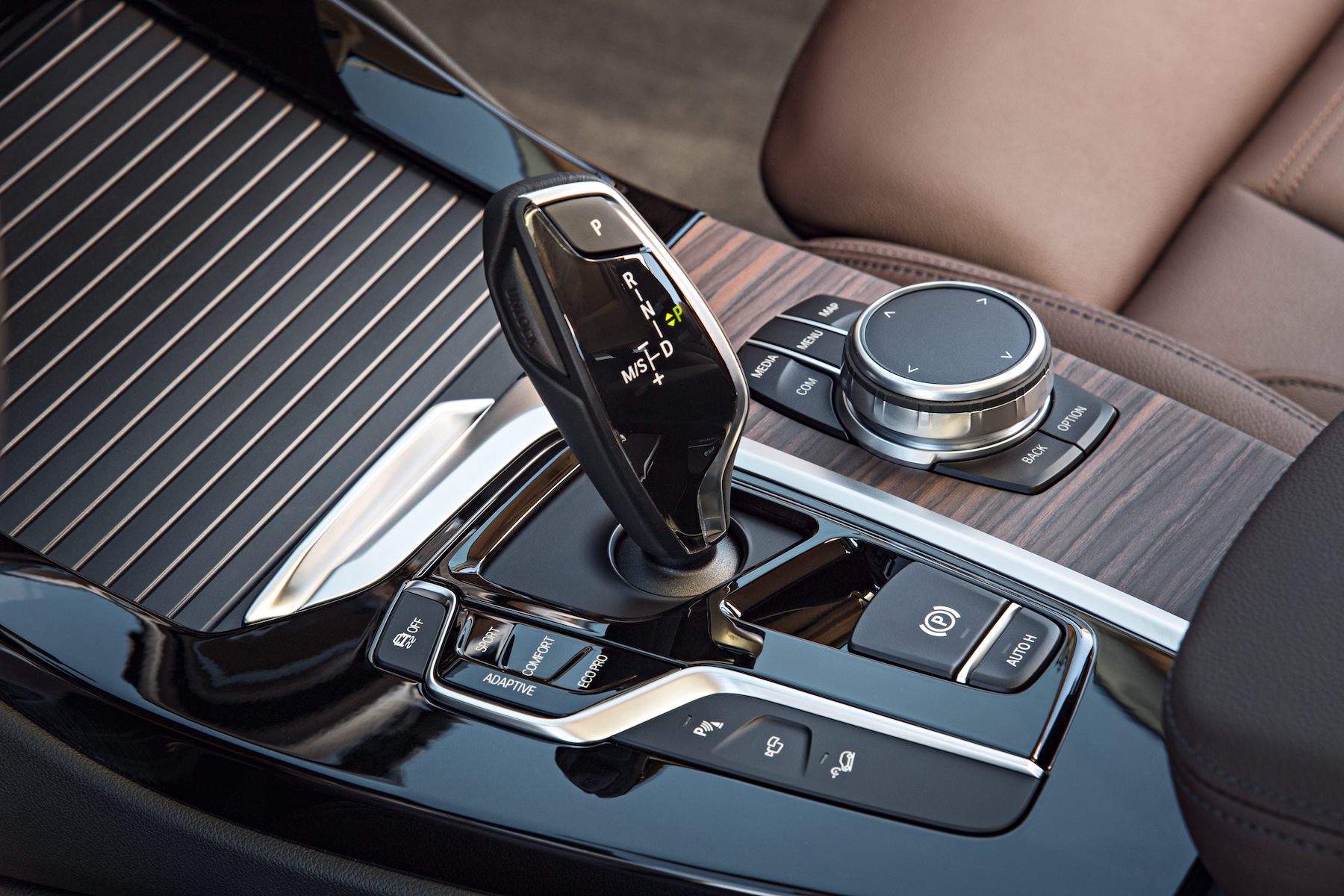
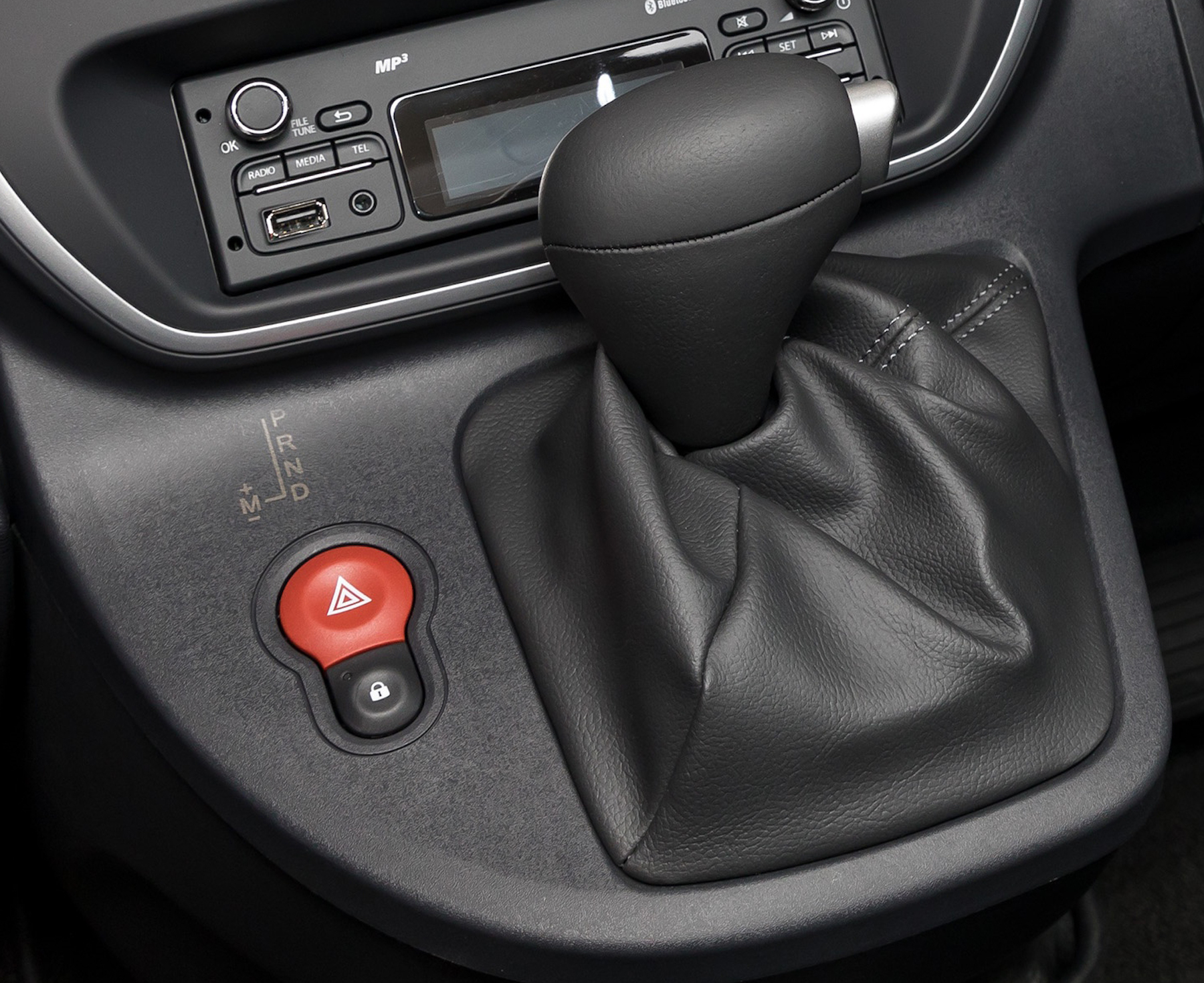
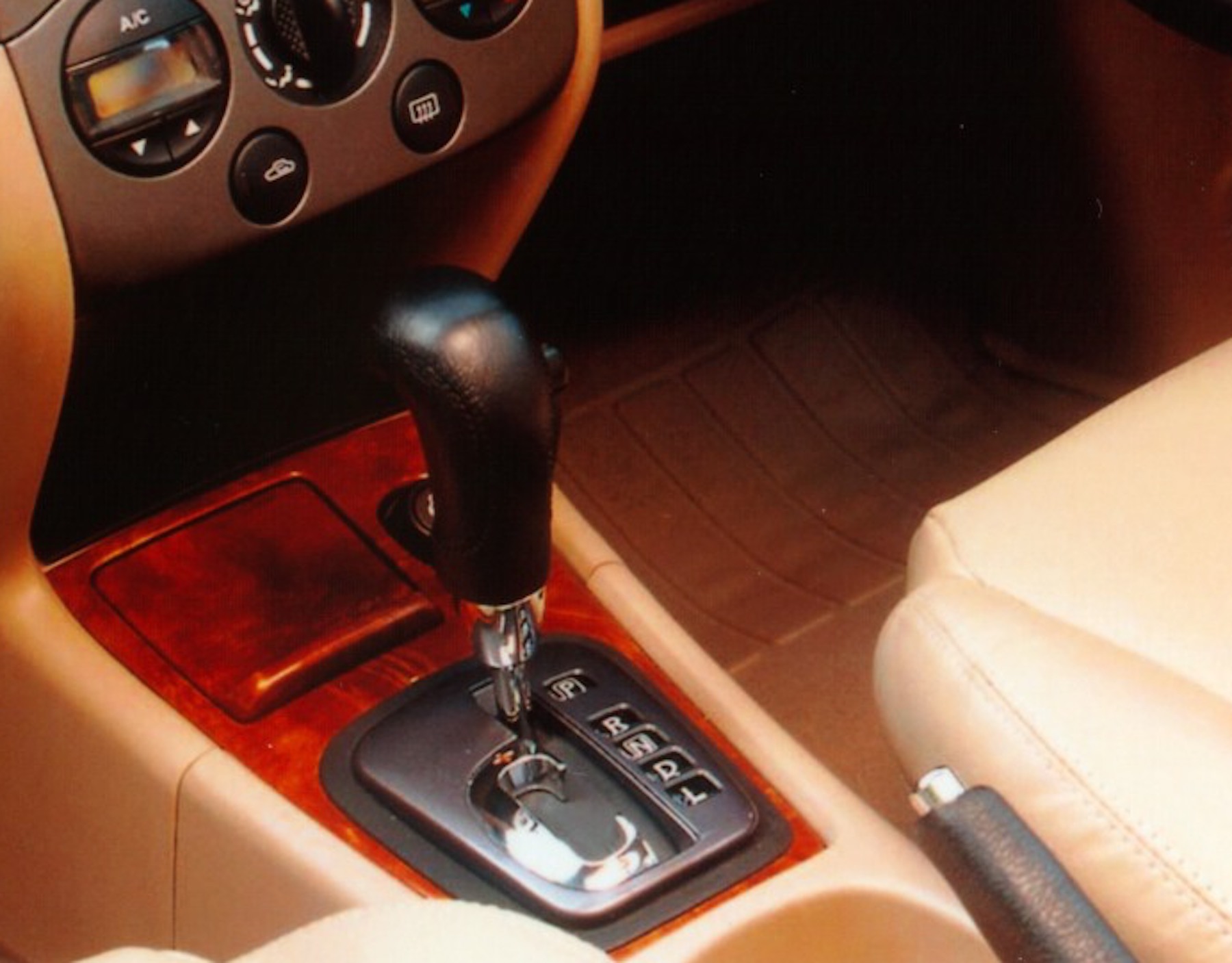
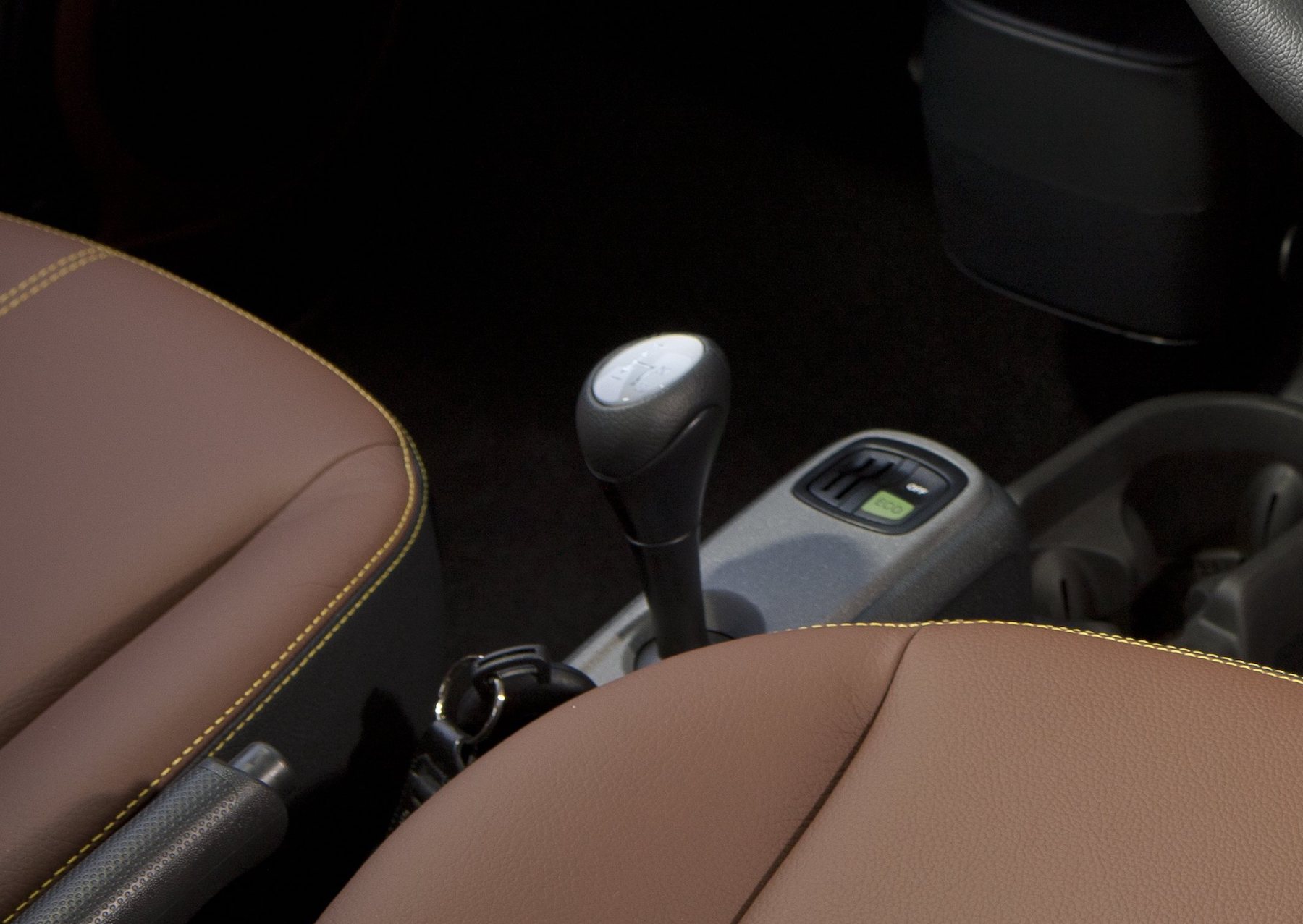

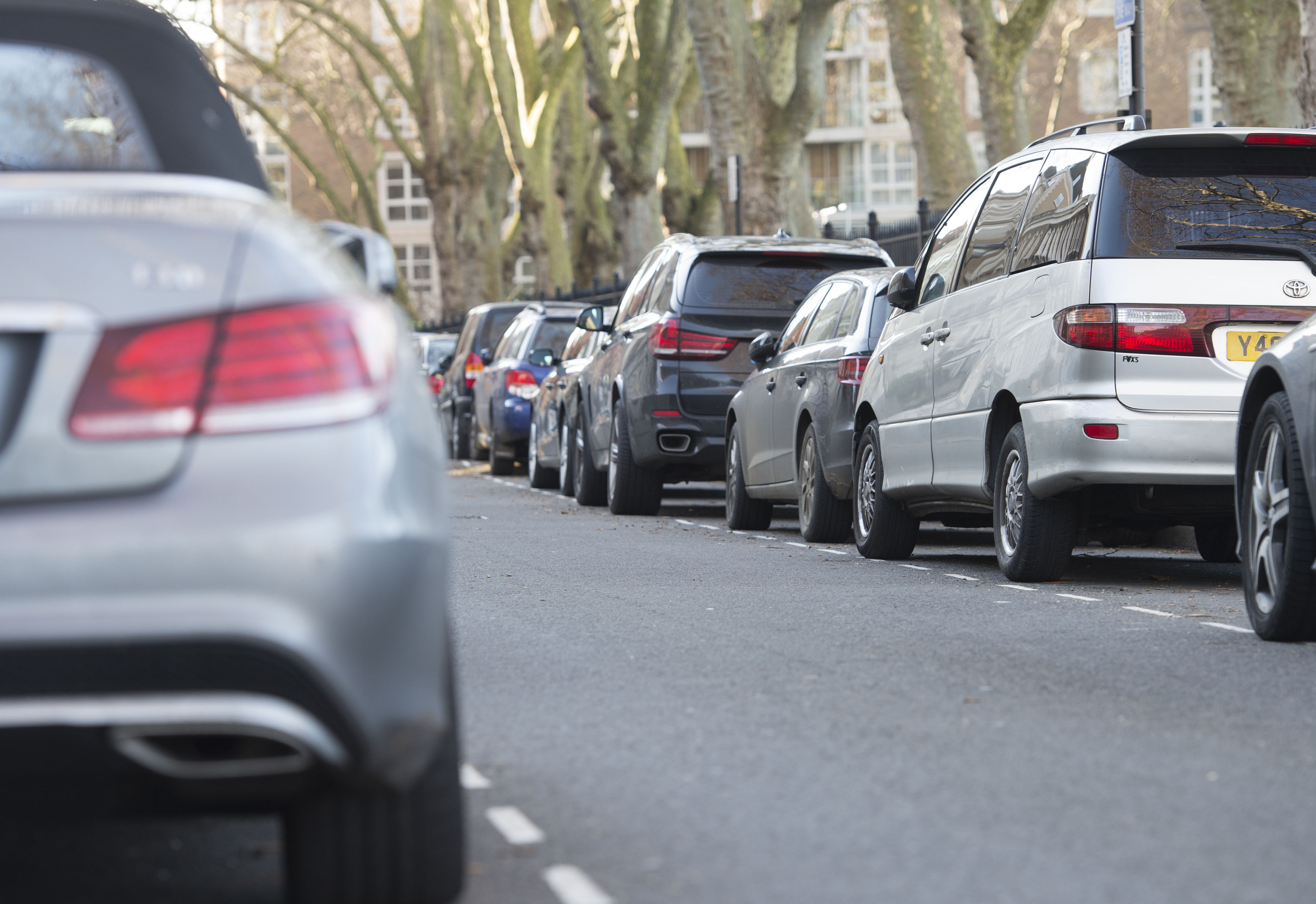


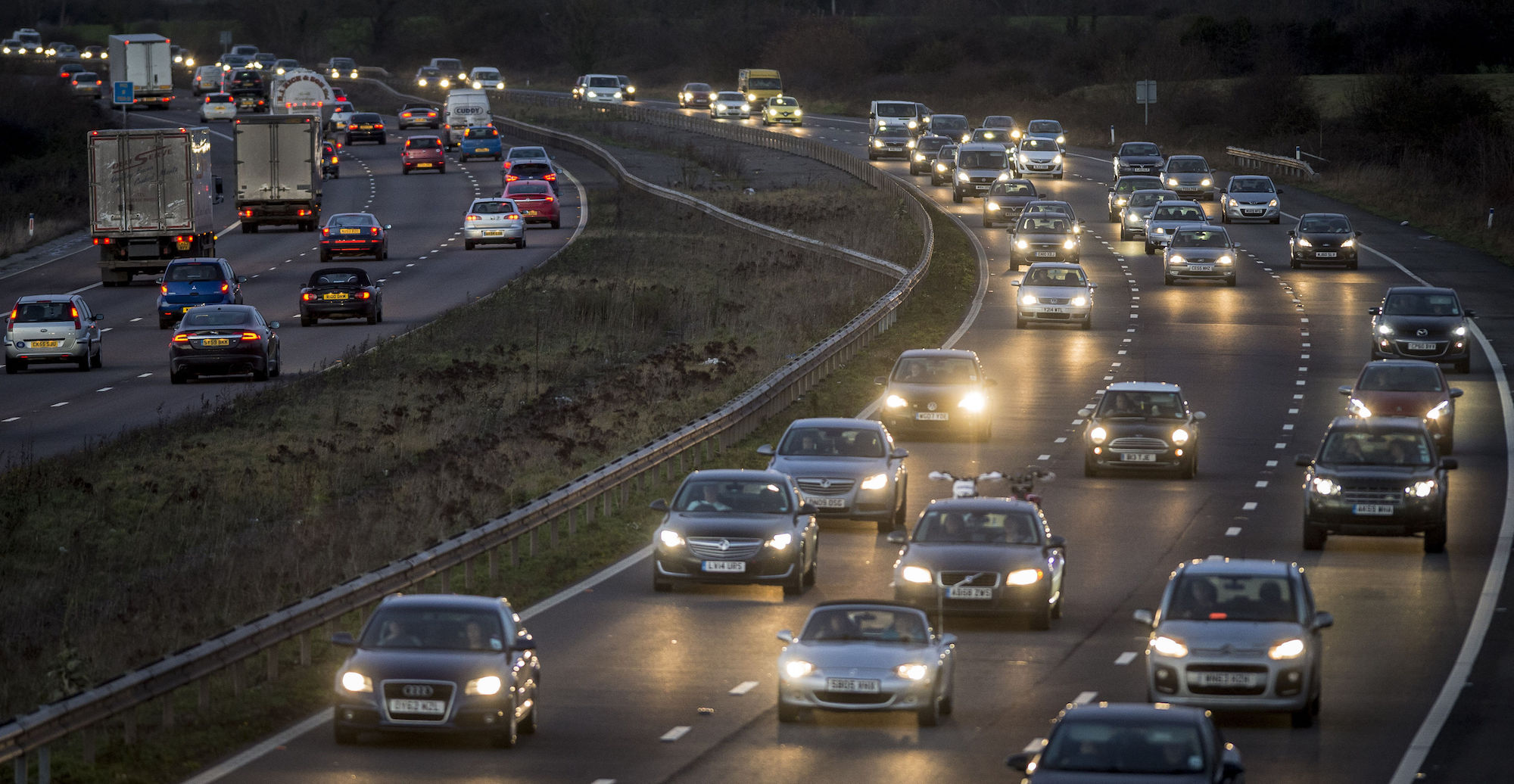
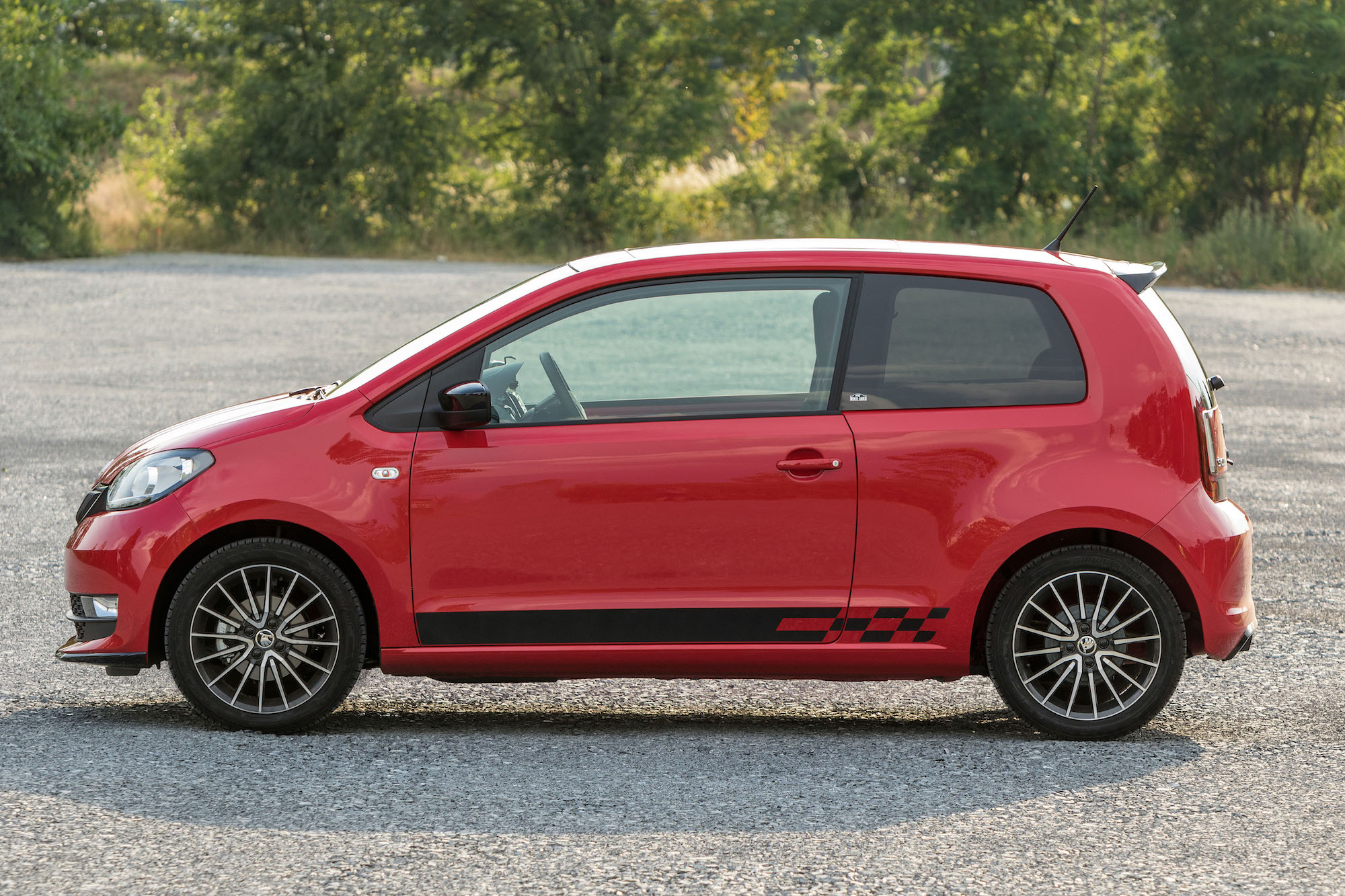

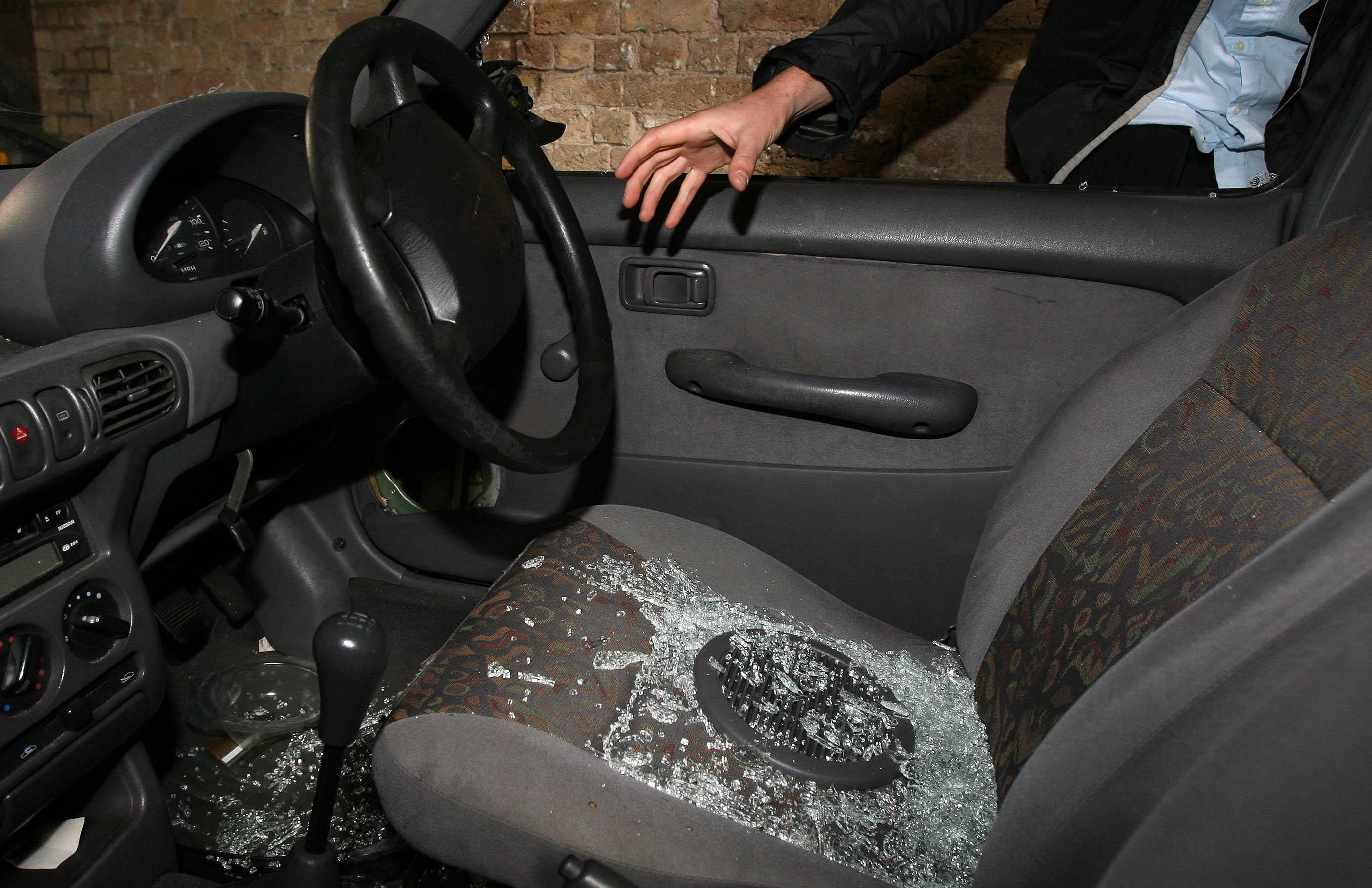


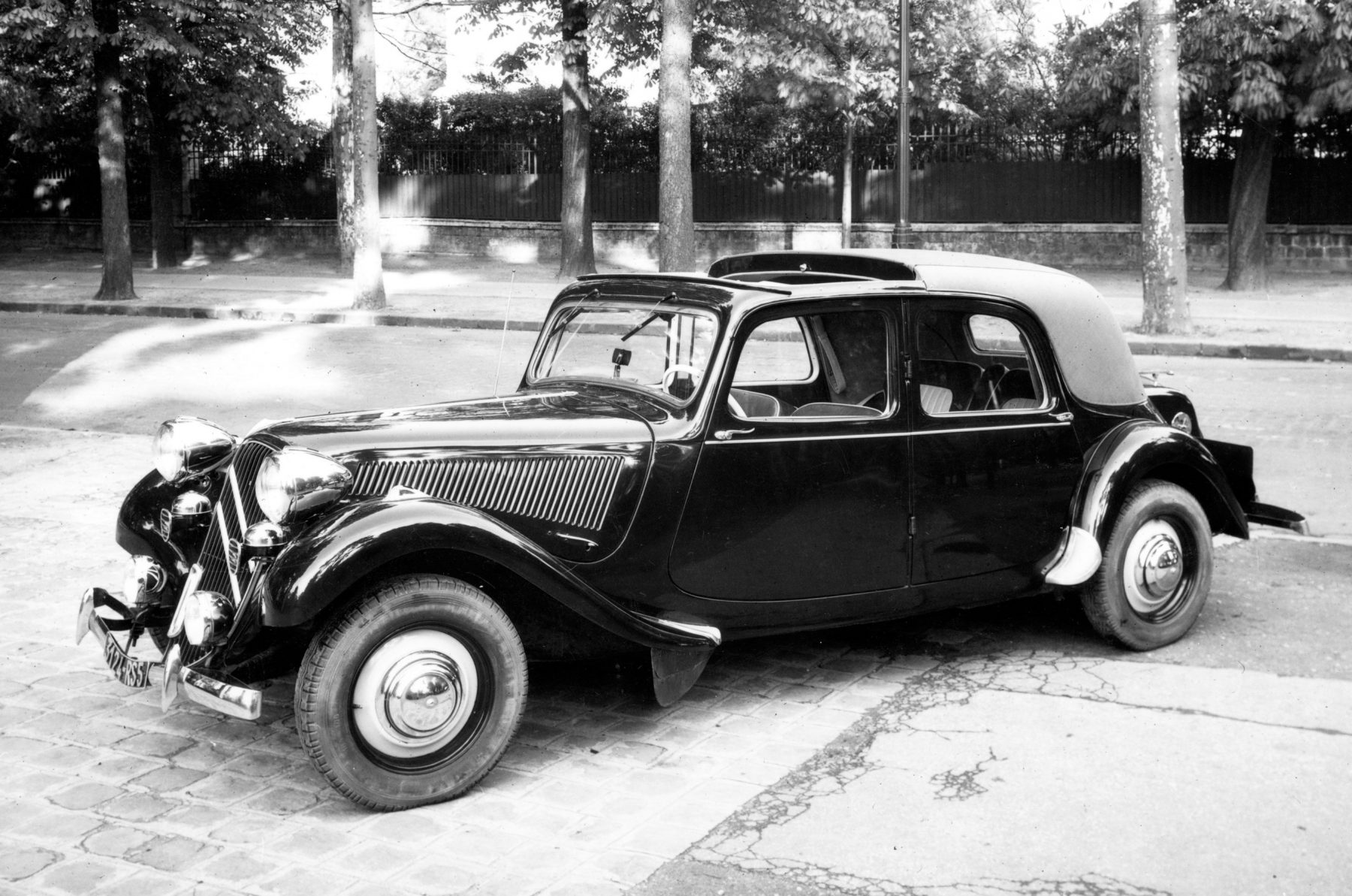
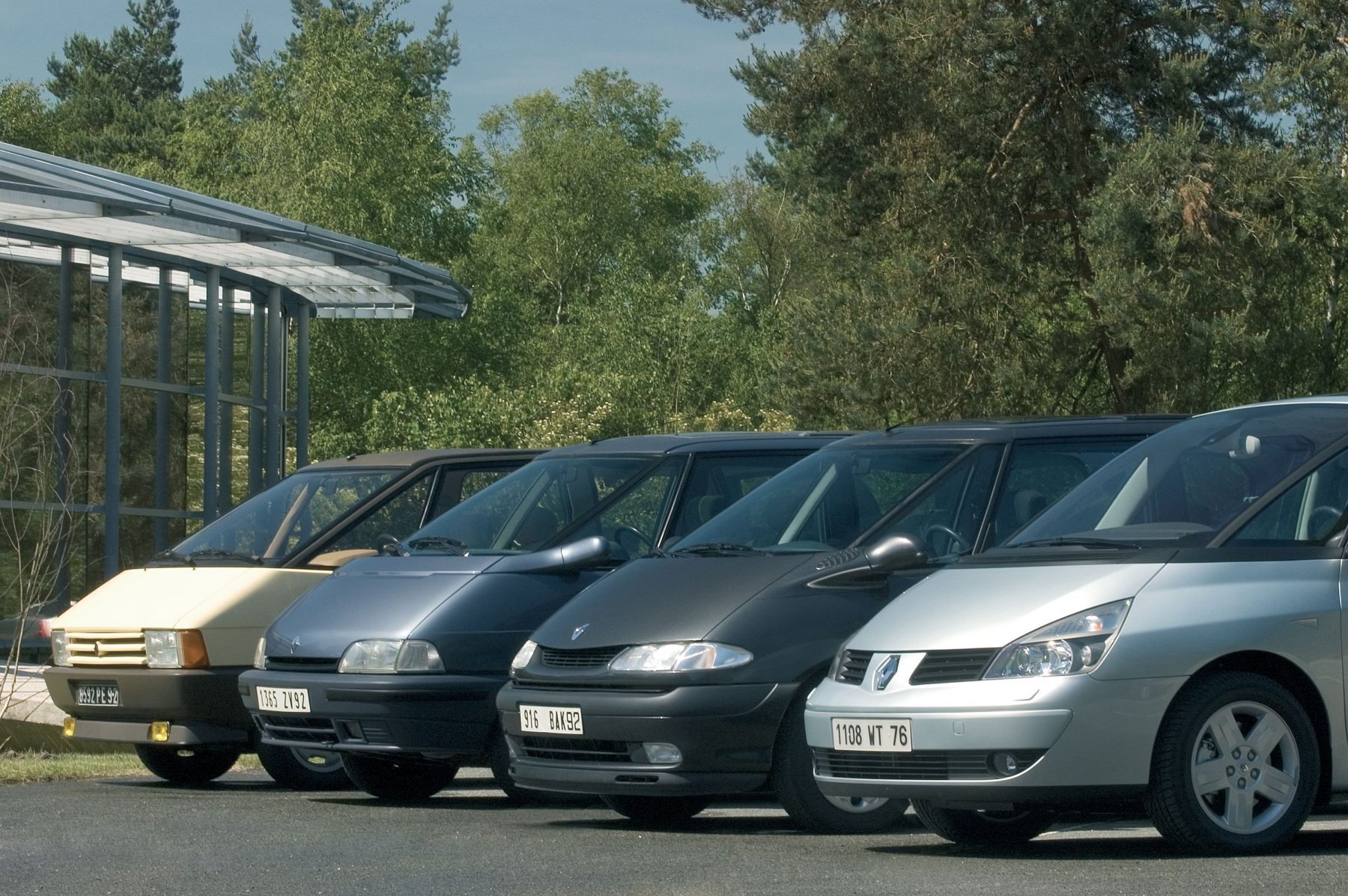
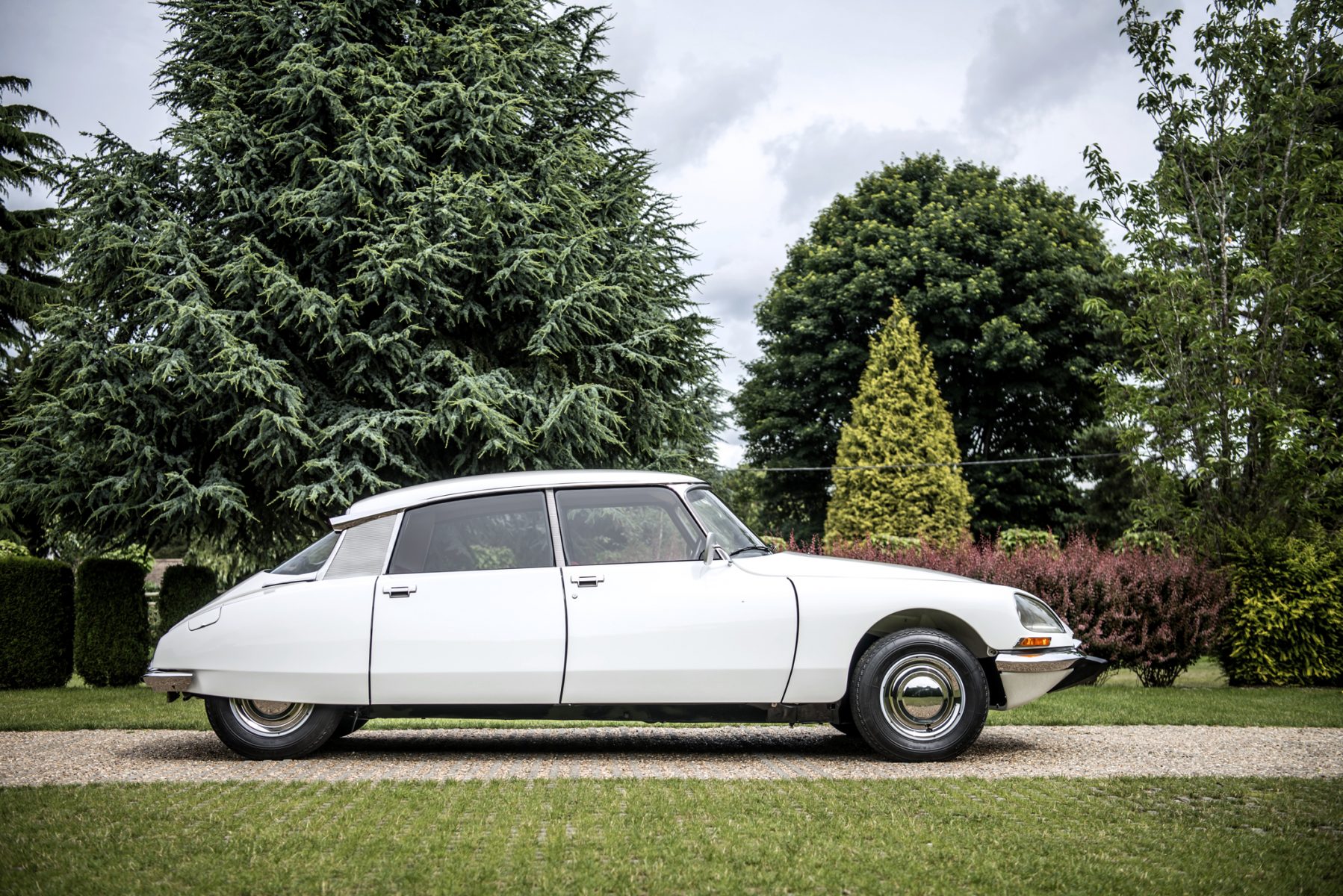
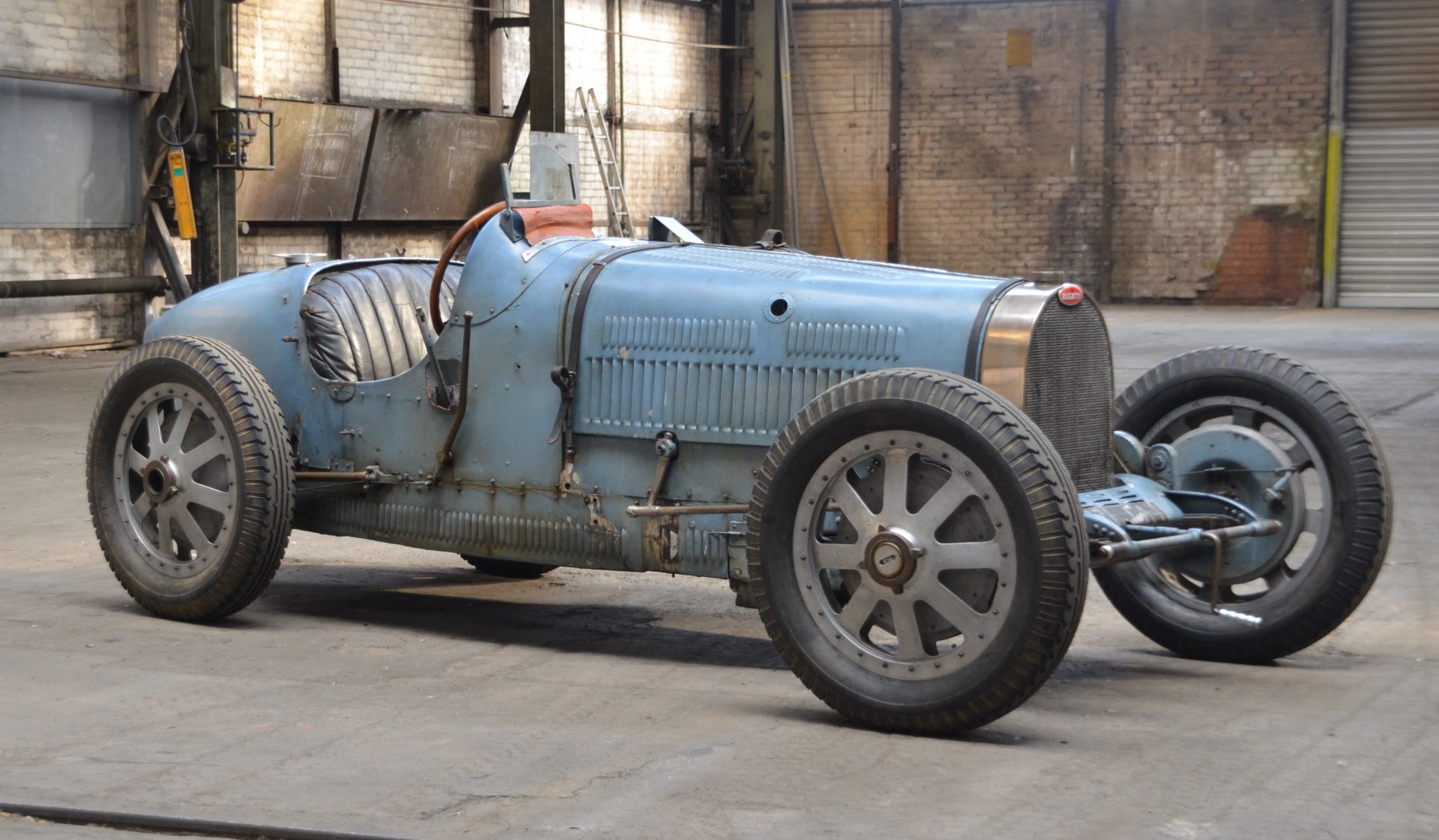
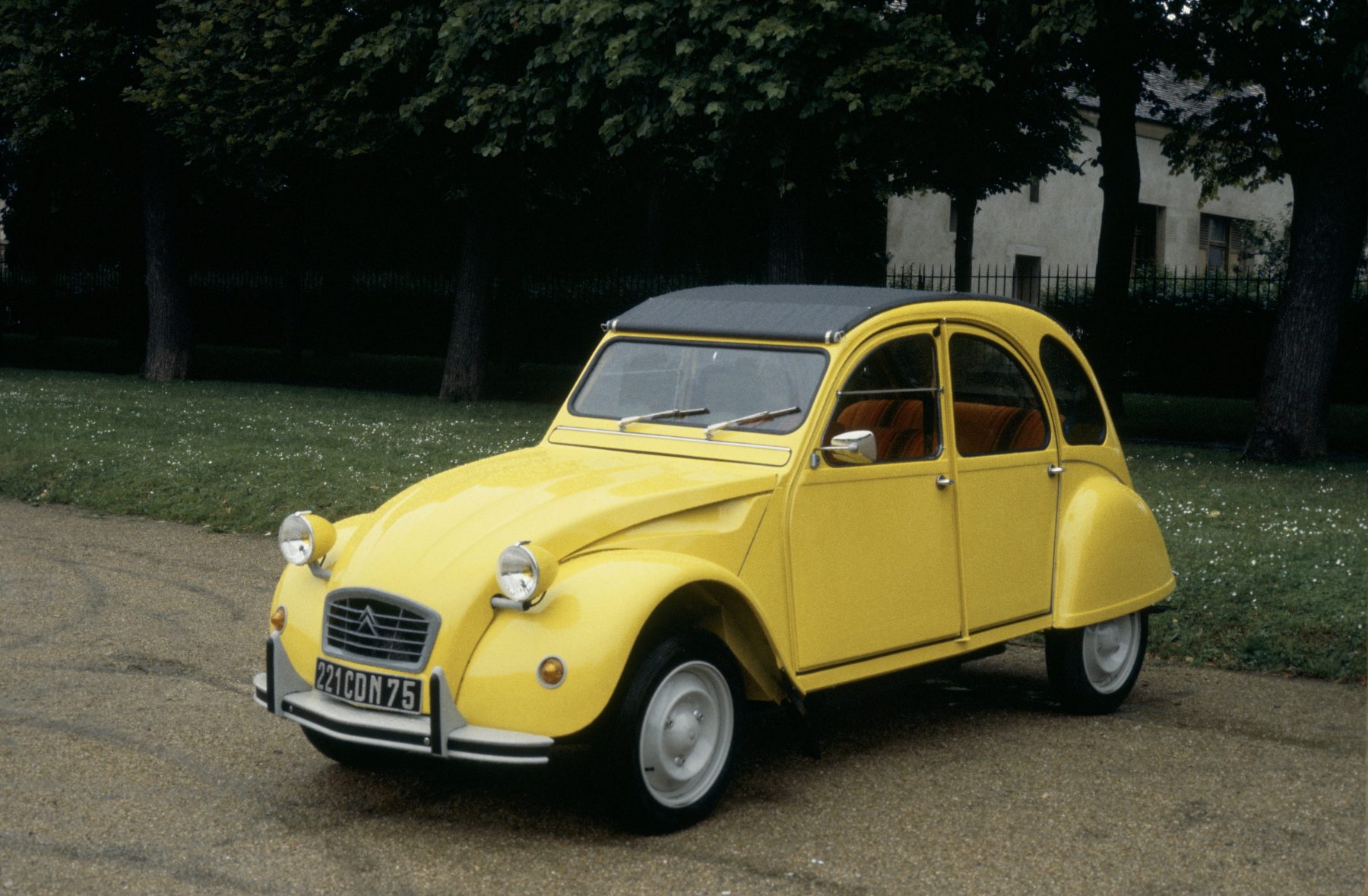
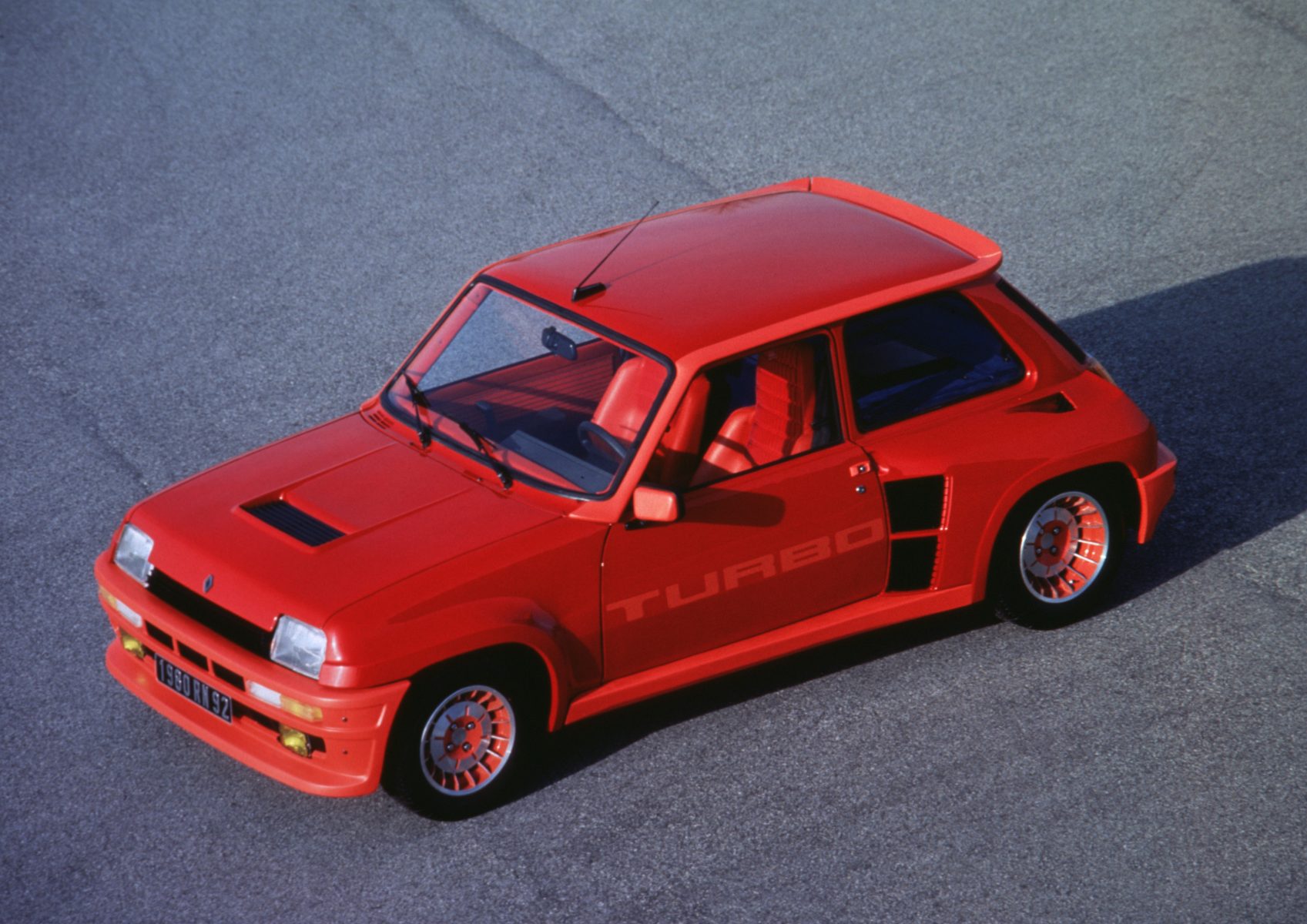
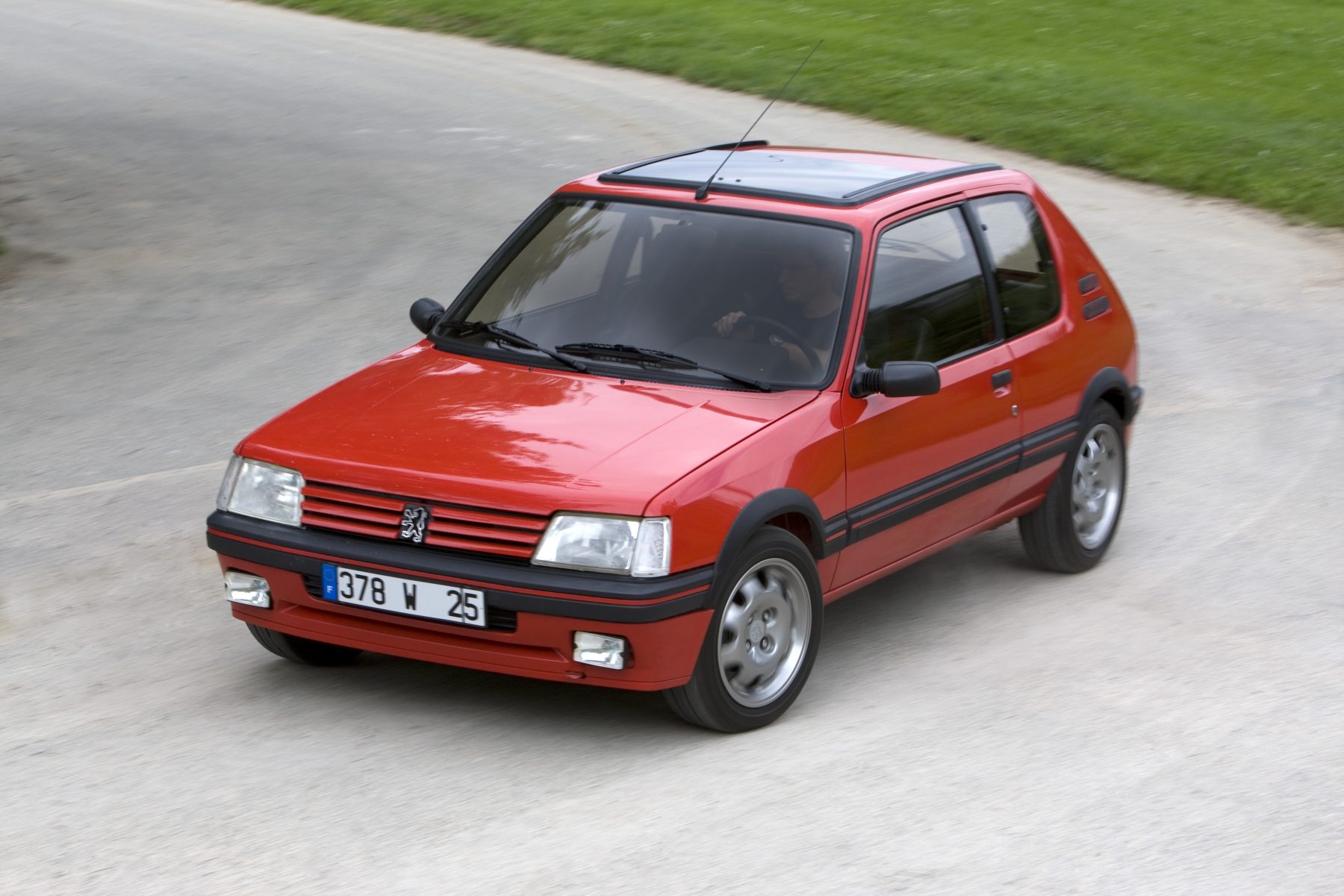
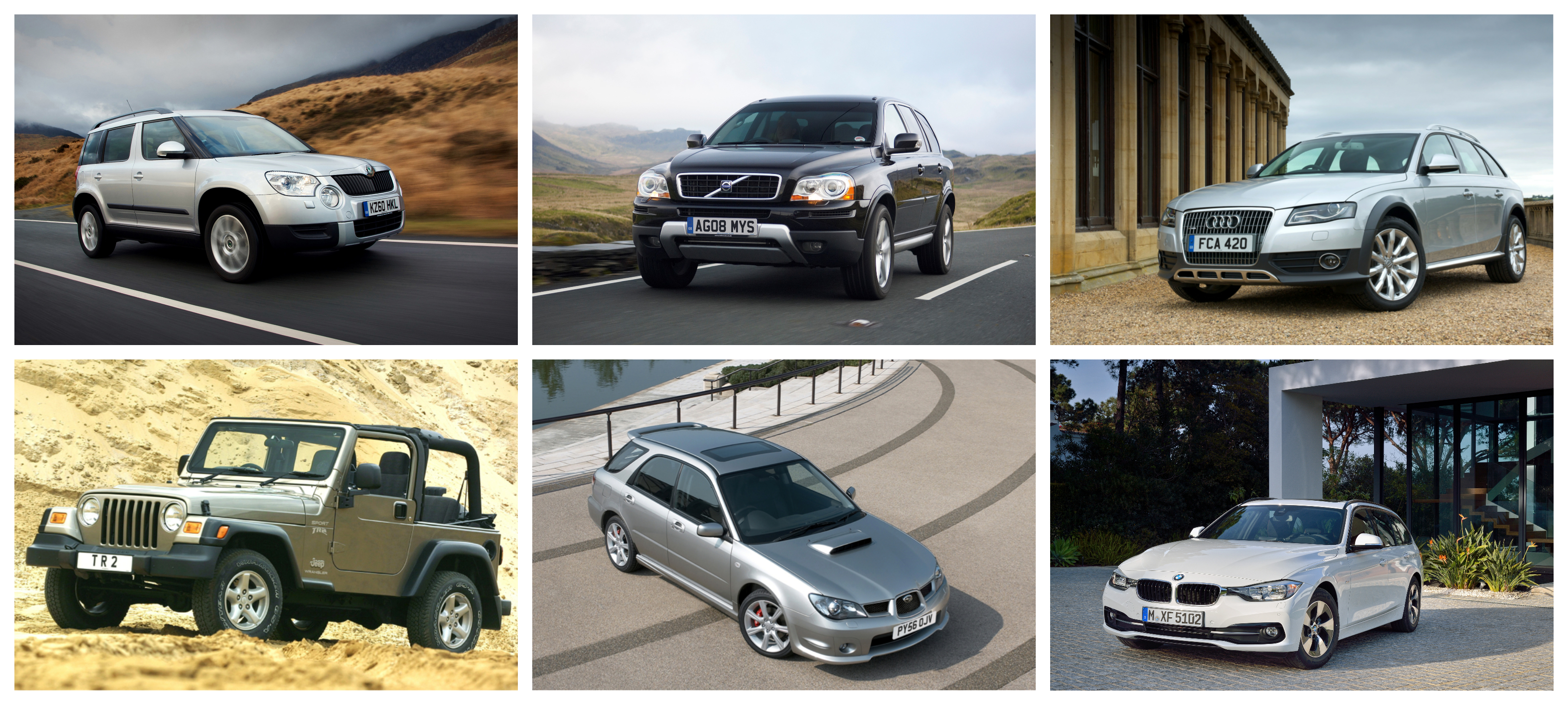
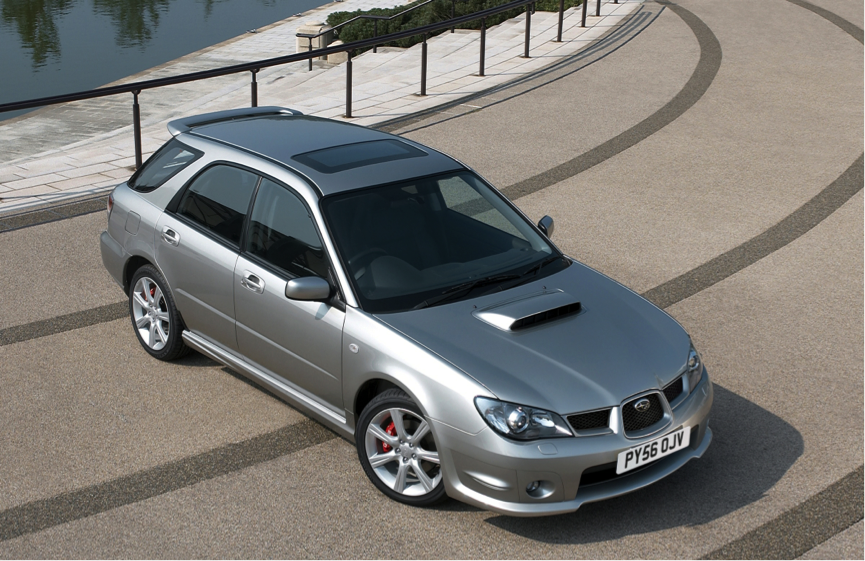 There’s a reason the Subaru Impreza made an icon of itself on the rally stage. With genuine performance, go-anywhere capability and typically Japanese reliability, it proved both an incredible competitor in motorsport and a dependable machine in the real world. So, if your winter getaway is going to require something that won’t break with the ability to tackle some snow should it fall — and be a ton of fun in the process — look no further than a WRX. Along with a decent amount of power from its 2.5-litre ‘boxer’ engine, and estate variants could swallow plenty for a trip.
There’s a reason the Subaru Impreza made an icon of itself on the rally stage. With genuine performance, go-anywhere capability and typically Japanese reliability, it proved both an incredible competitor in motorsport and a dependable machine in the real world. So, if your winter getaway is going to require something that won’t break with the ability to tackle some snow should it fall — and be a ton of fun in the process — look no further than a WRX. Along with a decent amount of power from its 2.5-litre ‘boxer’ engine, and estate variants could swallow plenty for a trip.
